
Dot-to-Dot: Summer 2025
This article originally appeared in the Summer 2025 issue of (585) Kids.

This article originally appeared in the Summer 2025 issue of (585) Kids.

This article originally appeared in the Summer 2025 issue of (585) Kids.
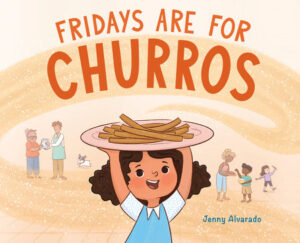
In 1952, the National Bakers’ Association declared that July was National Picnic Month. Celebrate by eating—and reading—al fresco! Not hungry yet? You will be after

At the Gathering Place you’ll find: Children as leaders, students striving to better their communities and each other, and empowered young people engaging others around

Fall is on the horizon, which means if you have a high schooler interested in going to college, it’s time to think about entrance exams.
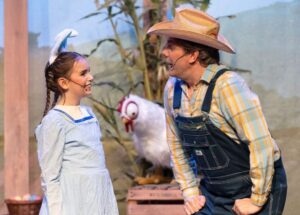
APRIL 4 KINDER ZOO Families can visit Seneca Park Zoo for fun and educational activities for young kids. “Beneficial Bugs” for children eighteen months to

– This directory is not an exhaustive list of camps. – If you would like to see your organization listed in our camp directory, please

A sick relative, a new baby, a surgery, or just a Tuesday night. There are many reasons to make a meal for friends or family.

After a long winter hibernation, get into that spring and summer sunny vibe with some hot reads. Then in June, remember to visit your local

Are you a kid with a curiosity for science, arts, and the natural world? Kids can join the Rochester Museum and Science Center (RMSC) this


Fresh mountain air eases through the windows, ushering in the kind of calm that makes for a perfect nap. But I only close my eyes for five minutes before a beckoning in the distance shatters my peace. The shouting gets closer: “AUNTIE TAY!” I giggle as my five-year-old niece, Mae Mae, sprints toward my bedroom, repeating my name the whole way. (Full disclosure, Mae Mae puts an extra letter in there, so while untrained ears may hear HANTY TAY, our family knows what she means. It’s an effect that makes her demands more endearing.) She runs
all the way from the water’s edge into our cabin to get me, and I follow her calls the whole time, giggling at her tenacity. Now she’s at the side of my bed, out of breath. “Hanty Tay. Can you get me a shovel and a pail?” Some quick math reveals that Mae Mae’s quest to find me had her running by five adults already at the water and right past the very shed that stores the pails and shovels. There were quicker ways to get her items, but she wanted me—specifically—to do it for her. I climb out of bed and put my shoes on. No nap for me today. Such is the life of a Super Aunt.
Summer vacations in the Adirondacks started when I was twelve with the five members of my nuclear family, but we’ve since grown: my two sisters, my two eldest nieces, spouses, and the second generation of nieces and nephews now join in. At last count there were seventeen of us: eight adults and nine children under the age of eleven. (It is a very loud week.) As the lone single lady in our group, I have a lot of discretionary free time and am a happy free agent, available to whatever team of children needs me on their roster. Best believe, it is a marathon week for Auntie Tay. Buoyed by all my littles being under the same roof for one week, I’m up early, rising as soon as I hear the first kid shuffle out of bed. I take requests for breakfast, usually peeling and cutting apples to each child’s unique specifications. During the day, there are life jackets to zipper and row boats to paddle on our many turtle-spotting expeditions; water wings to fasten for those brave enough to swim in the lake with the fishies, and diving contests to judge for the acrobats in our crew. At night there are marshmallows to roast and card games to play. Occasionally, I get called for a rare assignment—the one that qualifies me for Special Auntie status—when a little voice yells down the hallway: “AUNTIE TAY, COME WIPE MY BUTT!” It’s not the nicest job, but I know it means I’m trusted.
I’ve always been a very intentional auntie; my first niece was born when I was only eleven, and I quickly became her de-facto nanny. Changing diapers, babysitting, handing out band aids. During summers in college, my nieces would visit for a week, and I’d plan excursions like the planetarium, shopping, and going out for ice cream dates. They love to tell the story of how I took them grocery shopping but made them stay within my college budget. They’d bring me luxury items, like Kraft Mac & Cheese or a full bar of soap, and then laugh as I screamed in the aisle: “I SAID KEEP IT UNDER TEN DOLLARS!”
My current crop of littles lives in Canada and Chicago, so I spend a lot of time in the car and in airplanes to stay present in their lives. A few years ago, during a trip to Canada before Christmas, my niece asked me to write out a Christmas list to Santa that she dictated. She thinks my American status grants me better proximity to Santa, so I agreed to help, and now it’s tradition with all the kids. I write and mail their lists to Santa, who (of course) always writes back and tells them which cookies he prefers. I dread the day they lose interest in this ritual, so every winter when they run to me with papers in hand and a fresh list of ideas, I am overjoyed.
I get little clues about my success as an auntie all year long, like when they fight over who gets to sit next to me at dinner, bring me a special rock they found, or march up to me while I’m still sleeping to watch cartoons in my bed. But, there is no more intense report card than our week in the mountains. I don’t get much sleep; I’m running from kid to kid and rowing the boat multiple times a day—because when they want something done, they come calling for Hanty Tay. This year, my nephew Jasper, too intimidated by the lake in previous years, asked me to take him on the boat three times in one day, and there is nothing like watching quiet bravery in action.
Perhaps I give so much to my nieces and nephews because I know firsthand the enrichment of having aunts and uncles who work hard to fill life up with magic. I think of my childhood, stocked with memories of my Uncle Al, who first took me horseback riding; my Aunt Terre who took me ice skating every weekend; my Aunts Emily and Mamie who took me on a weeklong road trip to Prince Edward Island in Canada. I know I flourished under their attention.
Whatever the reason, my happy place is in the middle of these screeching, chaotic children; that’s when I feel most wrapped in peace. It’s an affirmation that all the plane tickets and miles driven have paid off. So many things in life are fleeting and superficial, but there is great comfort found in pouring into a child and bearing witness to their growth.
This article originally appeared in the January/February 2026 issue of (585).
Lunatics lounge
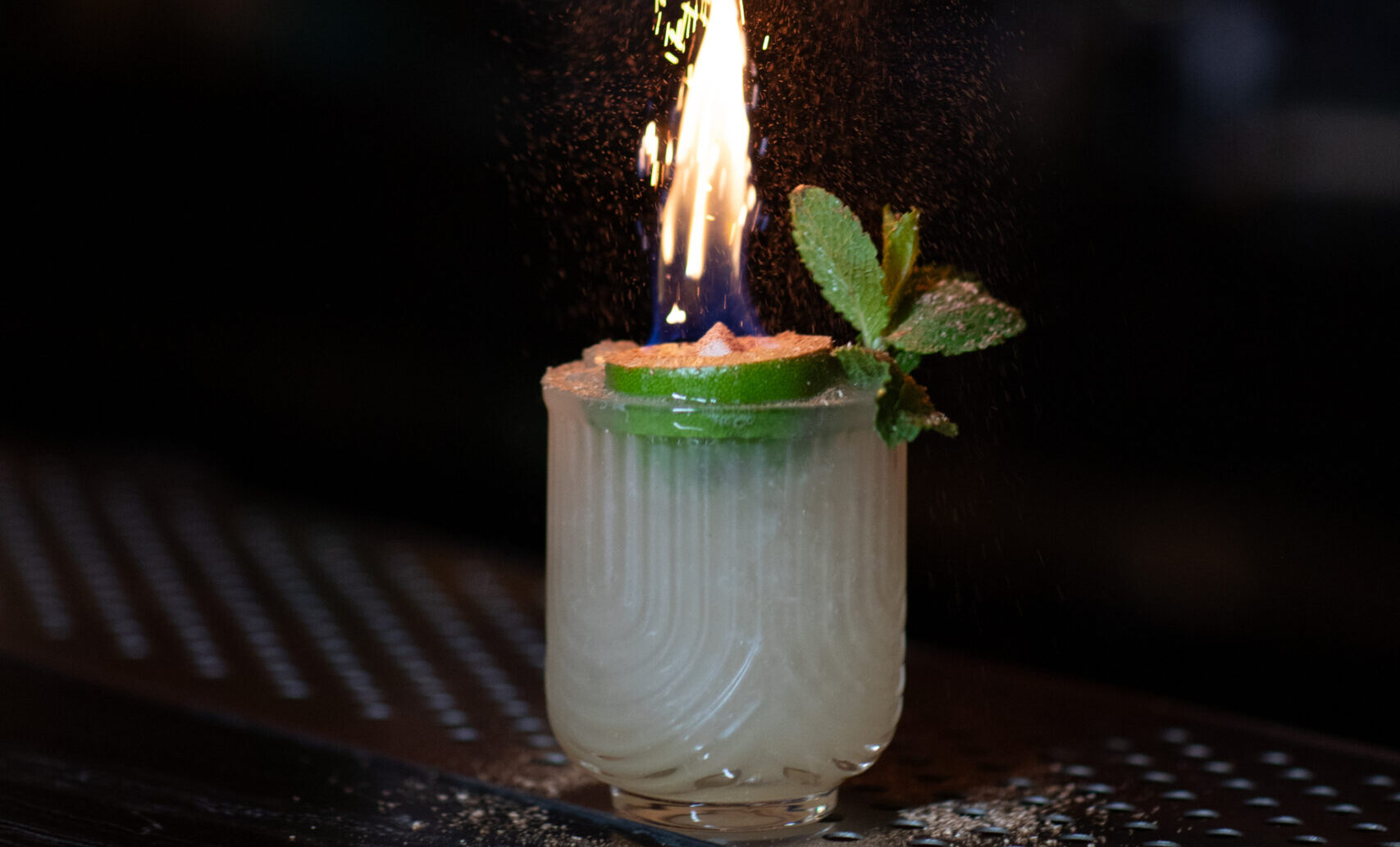
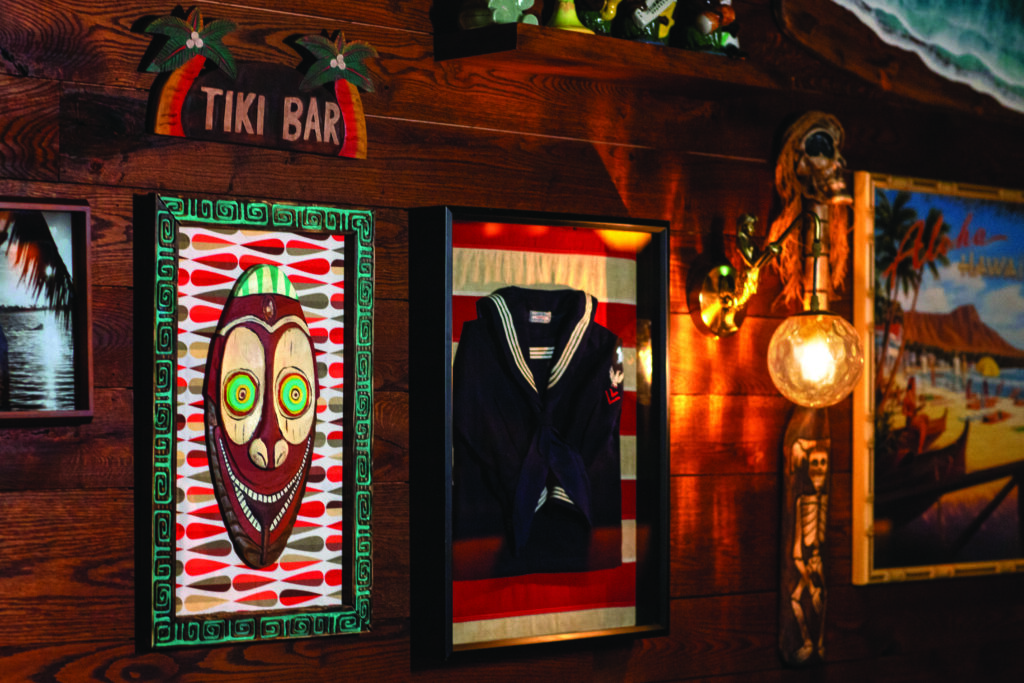
If you’ve spent a winter in Rochester, you know the struggle. The gray skies linger, the wind bites, and sunlight becomes a rumor. By February, even the hardiest locals start daydreaming about someplace warm, vibrant, and lively. Luckily, such a destination now exists right in the city—and you don’t even have to pack any bags.
Easy Sailor, a tiki-inspired bar and restaurant on Park Avenue, brings a bit of paradise to Rochester—one rum cocktail and plate at a time.
For co-owner Kelly McDonald, escapism isn’t simply about palm trees or tiki kitsch. “It’s a form of trance,” she says. “The whole idea of building Easy Sailor is to give people that little breakaway—you don’t have to leave Rochester to feel like you’ve left Rochester.” Her goal is to offer a sanctuary where guests can breathe again, even in midwinter. “We want people to feel rejuvenated, more balanced, and like they’re treating themselves. That’s what we’re here for.”
That sense of hospitality runs through every detail, from the menu to the decor to the service. The concept was tested early, when Easy Sailor opened during Rochester Tiki Week in August—a fitting debut for a bar rooted in tropical energy. “That first week was really about learning what people wanted and needed from us,” McDonald says. “It helped shape how we do things now.”
Co-owner Eric Rozestraten describes Easy Sailor’s vision as a “hospitality trifecta”—a key mix of product, atmosphere, and community. “You need all three: great food and drinks, an inviting space, and most importantly, people who believe in your vision,” he explains. “It’s about who you’re working alongside and who you’re serving. That energy matters. Hospitality, after all, is an energy exchange.”
For Rozestraten, Easy Sailor isn’t a fleeting theme bar—it’s something meant to last. “We want this place to be here for decades,” he says. “The kind of spot that still means something to Rochester years from now.”

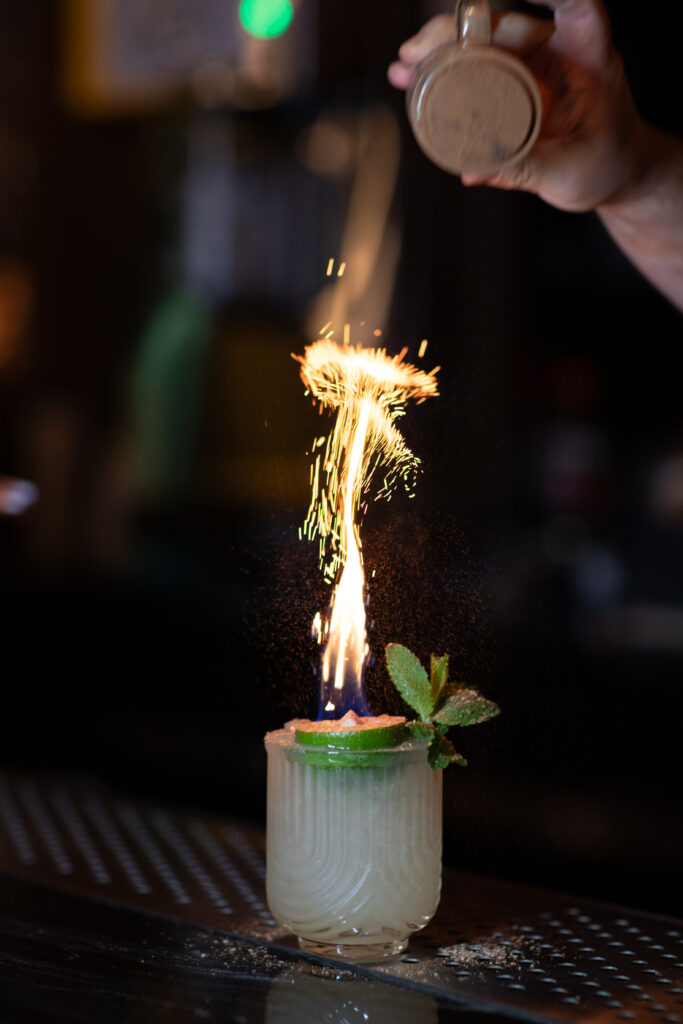

That longevity starts in the kitchen, where McDonald built a menu that mirrors the island-inspired ease of the bar. Her dishes are colorful and thoughtfully composed—bold but never overdone. Rozestraten, recalling McDonald’s creations at Jack’s Extra Fancy, praises her instincts. “Kelly is spectacular in how she took such a tiny kitchen area and used it to serve up some of the best food in Rochester,” he says. “She brings the same level of skill and flair to the menu here. It’s elevated, but it’s also made with heart.”
Meanwhile, at the bar, co-owner Dan Herzog has his own philosophy of hospitality. “Bartending is about connection,” he says. “You’re tending to a bar—responsible for creating an ambiance where everyone feels settled first, before their drinks arrive. You want people to unwind and take it all in. That’s why I love what I do. I get to share that with them.” Herzog pairs this guest-first approach with a deep curiosity about how ingredients interact—why cinnamon, clove, and allspice lift tropical fruit or how layered combinations create the indulgent, over-the-top experience tiki is known for. His rum-forward cocktails reflect this philosophy, blending playfulness with attention to detail, where guests can savor not just the flavors but the moment itself.
Looking ahead, the team hopes to deepen Rochester’s appreciation for rum through education and collaboration. McDonald mentions plans for rum seminars and guest bartenders in the future—an opportunity for guests to learn, taste, and connect. “We want to be a place where people can come to learn, not just drink,” she says. Herzog agrees. “Rum has this incredible culture and craftsmanship behind it. The more people understand it, the more they appreciate the whole experience.”
As much as the drinks and food set the stage, it’s the environment that defines Easy Sailor. Rozestraten imagined a setting that feels both timeless and transportive. Having contributed to the design concepts for Nosh and Old Pueblo Grill, he oversaw much of Easy Sailor’s look and feel—helping shape the space into something that’s both curated and cozy.
“Every color, texture, and light was intentional, and every decor piece was hand-picked” says Rozestraten. Pineapple fronds, soft lantern lighting, and nautical relics evoke a sense of nostalgia, while the overall palette keeps things fresh and modern. The result is a place that feels effortlessly personal—like a favorite hideaway you’ve somehow only just discovered.
That sense of comfort and ease extends to the team itself, where Rozestraten describes his partnership with McDonald and Herzog as “almost sibling-like.” The three bring different strengths but share one mission: to make every guest feel welcome. “We’ve known each other for years and work well together—it’s rare to find that kind of dynamic,” he says. “We all push each other, but we also lift each other up. That translates directly to how we treat the people who walk through the door.”
And that, ultimately, is what Easy Sailor is about. It’s not just a tiki bar or a restaurant—it’s a brief but meaningful departure from reality. As Rochester braces for another long winter, the glow of the bar, the hum of conversation, and the taste of something tropical offer a small but powerful reminder: comfort and connection don’t require an island getaway.
Sometimes, all it takes is a seat at the bar—and a few good people who know how to make you feel at home.
Easy Sailor
622 Park Ave., Suite 2
355-4914
This article originally appeared in the January/February 2026 issue of (585).
Taste
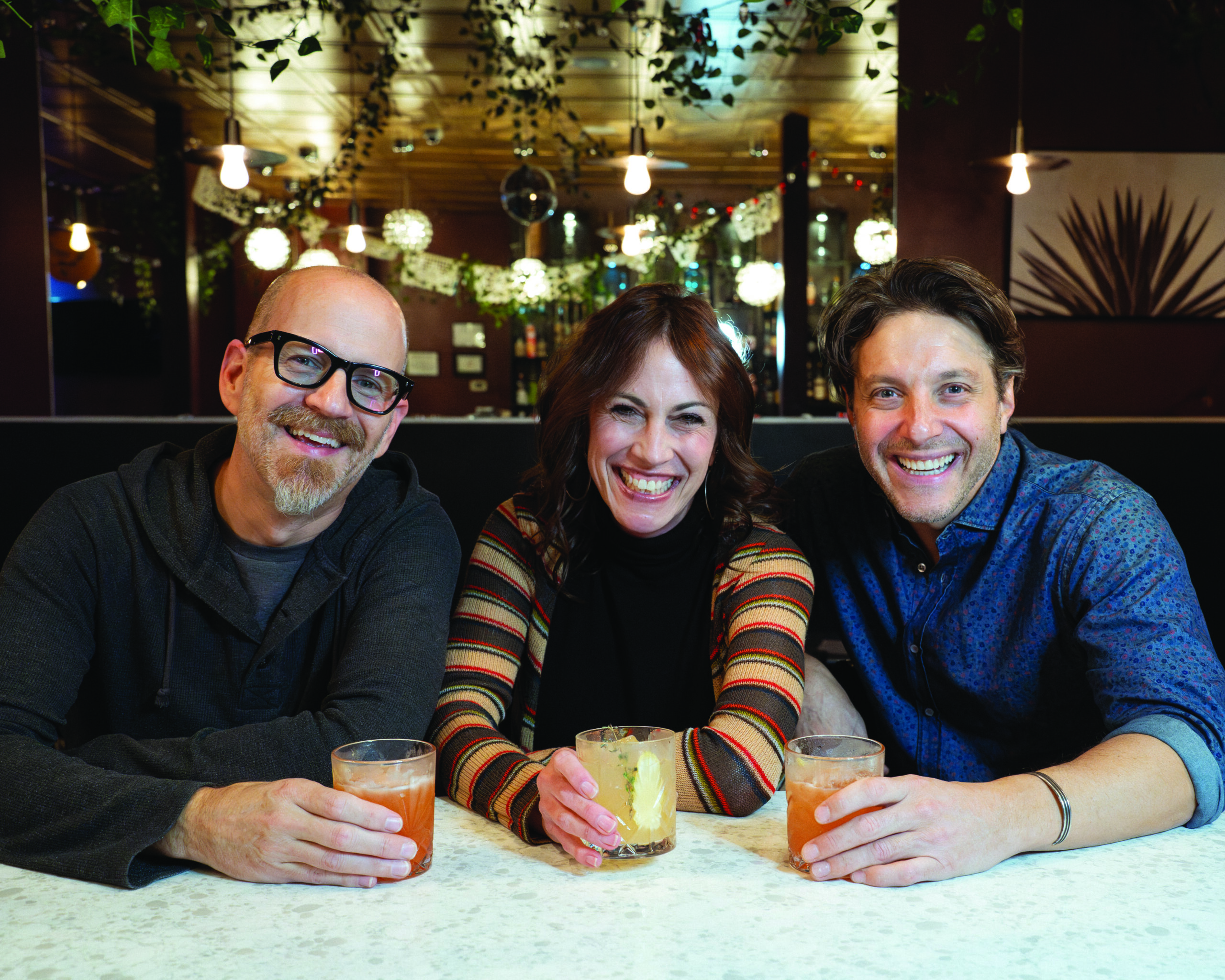
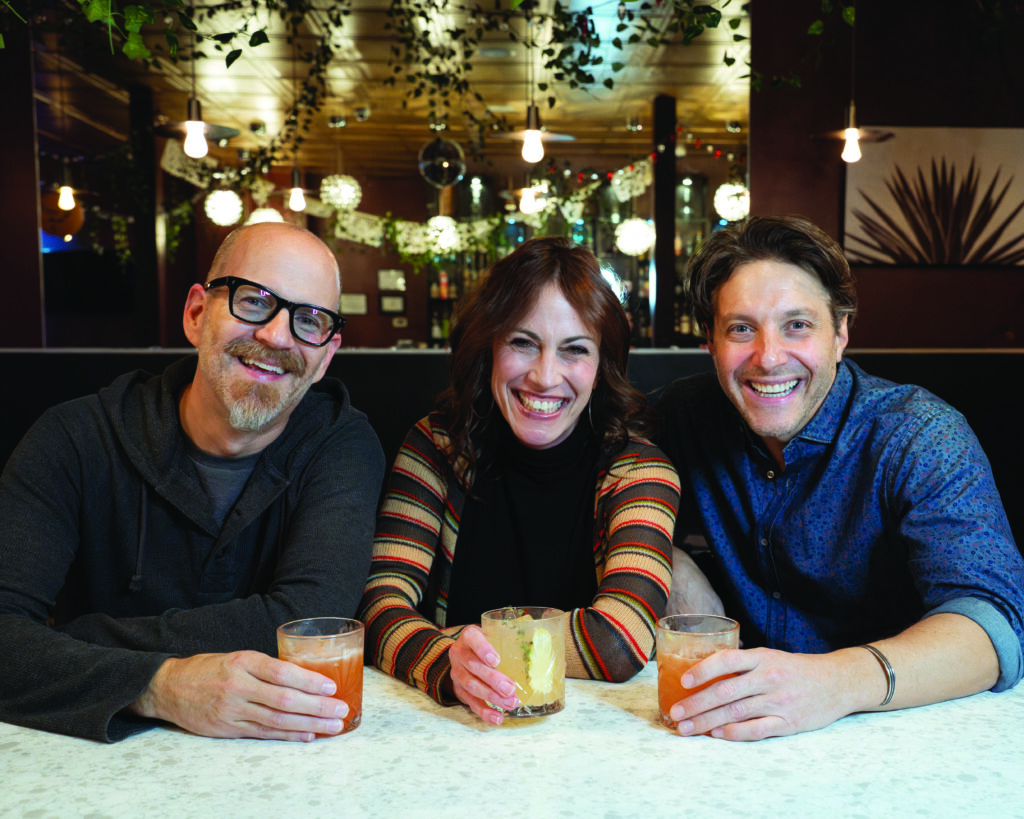
Who doesn’t love a good stiff drink on a snowy January evening? The photographers at (585) sure do. Each was asked to pick his or her favorite cocktail in the Rochester area—their go-to, ride or die. . . their hygge drink of choice.
Of course, it’s hard to pick just one place (or one drink), but these Rochester staples have stood out to our team. Whether it’s the flavors, comfort, company, or all the above, we never leave disappointed.
Renée Veniskey
“Aqua Vitae became a little home to my friends and me since we started going there over a year ago. And one of the owners, Joe, has been developing a drink for me since the beginning. It’s changed a bit over time, but it’s a combination of Keeper’s Heart Irish American bourbon, ginger, thyme-infused honey, and lemon. They’re calling it the Rush Hour.
I don’t like anything sweet; I tend to lean toward the ginger and the lemon, and I’m a new fan of bourbon, which is weird for me. I’ve always gravitated toward vodka—more tasteless than bold. But now that Joe knows me, I can ask him to make me something I’d like with the ingredients he has, and he knows just what to make every time.
The thyme he’s using in the Rush Hour is actually from my garden. Whenever I have extra herbs and stuff I bring them to him, and he uses them to make syrups or as a sprig. Joe’s a chemist like that; he doesn’t let anything go.
Typically, I’d sit toward the front at the bar, but the other week my friends and I decided to sit in the back, and we ended up playing Euchre—it was just a fun time. So now we sit in the back every once in a while and play a game of cards. It’s something different. But Aqua Vitae always has events; they do collaborations with other bars, and they serve food through Tiki Pedro’s, which operates separately within the space.
It’s fun to watch Joe, Matt [co-owner], and Josè [bartender] make drinks. Everyone is friendly, and it’s also a bit of an industry hangout for other bartenders. It’s always super comfortable, and it’s somewhere I can walk into at any point in time and know I’ll be welcome.”
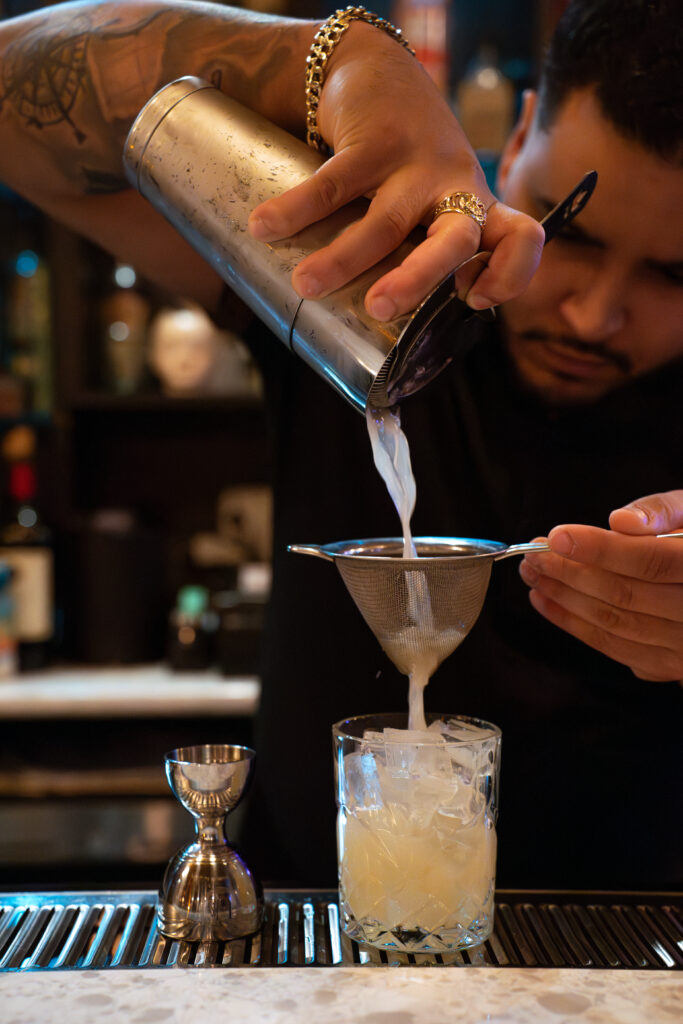
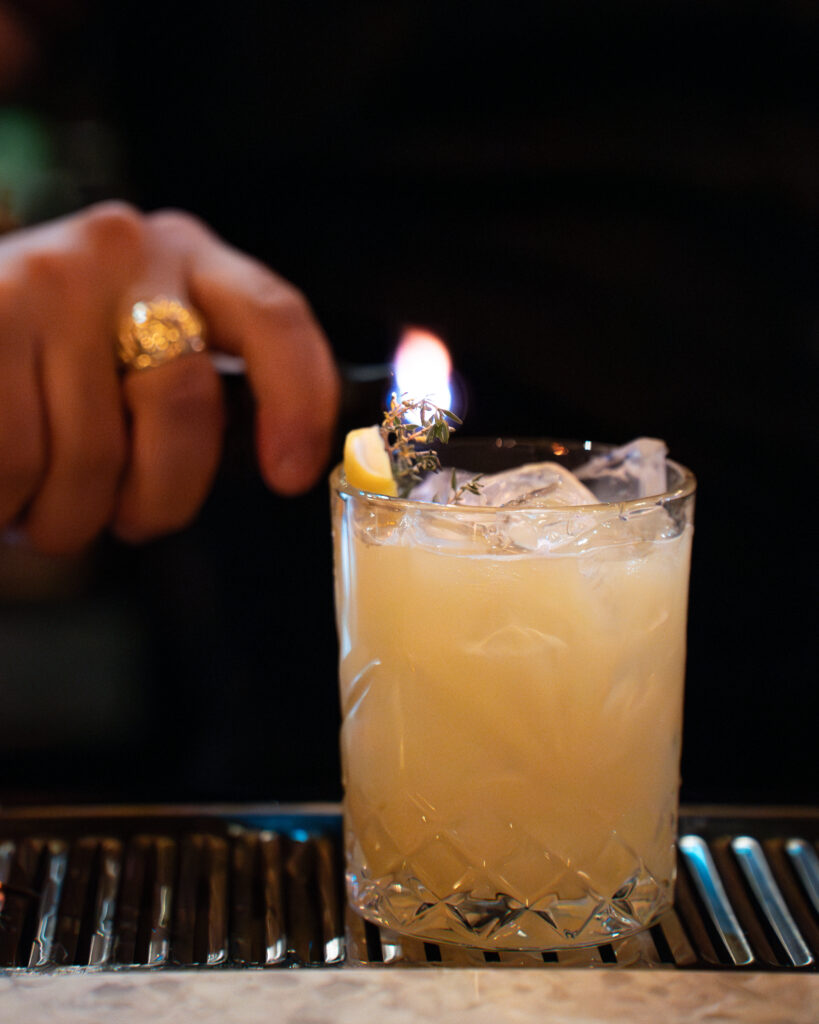
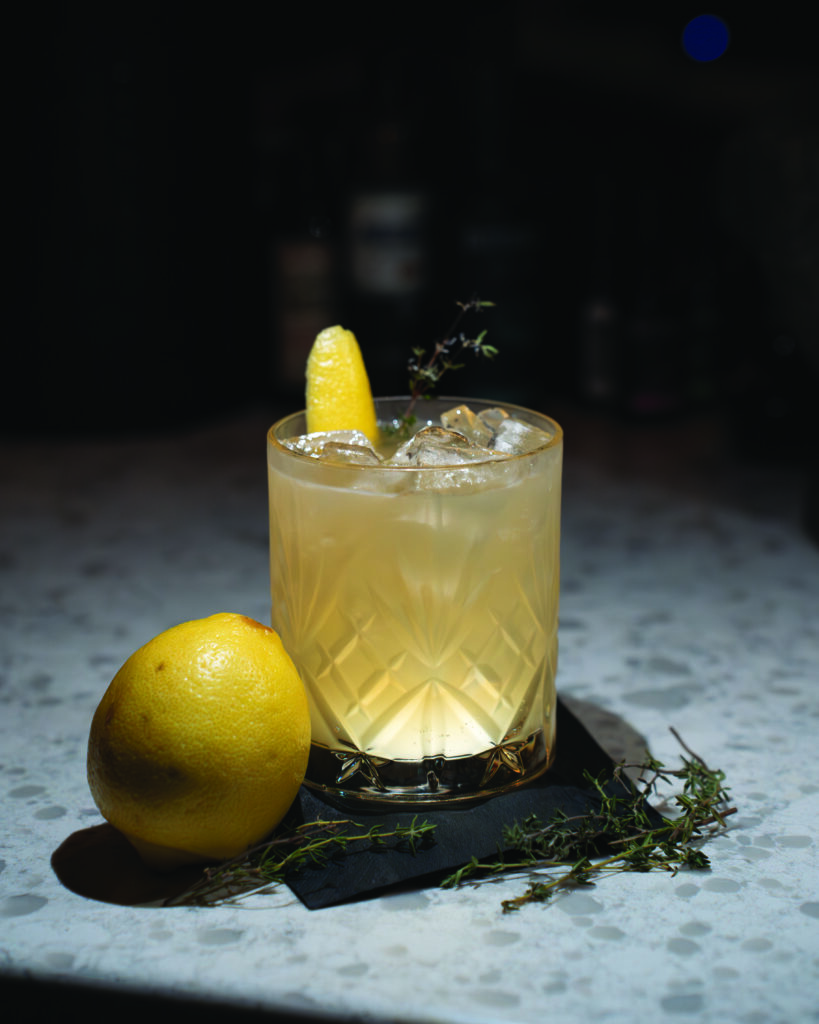
Tomas Flint
“Cocktails come and go, but the Negroni lives in that rare space between legend and what’s next. Maybe it’s my years behind the pine talking, but there’s something endlessly attractive about a drink that doesn’t need to shout to be heard. Three ingredients. Equal parts. Stir, strain, orange peel. That’s it. The Negroni is the photographic equivalent of great natural light: clean, honest, and undeniably attractive.
I spent over fifteen years ‘behind the pine,’ elbow-deep in every concoction people dreamed up—and some I wish they hadn’t. Yet still, after all that noise and flair, and ‘try this new thing we just infused with smoke,’ I come back to the simplest formula.
There’s a rhythm to it—gin for backbone, sweet vermouth for warmth, Campari for bite. I’m a sucker for amaro in all its forms, but Campari really does the heavy lifting here. It gives the cocktail its edge, its purpose, its little spark of mischief.
If simplicity is its strength, versatility is its superpower. The Negroni earns its place before dinner as an aperitivo, settles in comfortably as a dinner companion, and still has enough swagger to serve as a nightcap. It’s timeless not because it’s fancy, but because it’s balanced; proof that ‘less is more’ isn’t just a design principle—it’s a guiding principle.
When the ’groni calls, I find myself at Redd Wood. It’s got this warm, savory vibe—somewhere between a neighborhood hang and a place you’d bring someone you want to impress. And Matt behind the bar? The guy’s a maestro. Quick with a smile, a shake, a pour, and somehow always two steps ahead of what you didn’t know you wanted.
There are louder cocktails out there—sweeter, smokier, trendier. But when you know what you like—and why you like it—you stop chasing noise. You just stir, sip, and appreciate the magic of simplicity done well.”

Michael Hanlon
“I’ve had one before, but when I tried Roam Café’s Espresso Martini, I was immediately hooked. It’s fantastic. That recipe has the perfect balance of flavors for me. It’s like I get to enjoy dessert before I’ve eaten dinner. But I think it’s the creaminess of the martini that I like most. Roam uses Bailey’s Irish Cream, which some recipes don’t call for. I tend to savor it a little at the beginning and then save the rest of it for after dinner . . . or, perhaps, just order another one.
I’ve been going to Roam since it opened years ago—it’s a relaxed atmosphere where I feel comfortable while enjoying great food and good conversation. I always try to visit with the legendary Drew Nye when I’m there. He’s one of the owners, and I’ve known him for about twenty years now. It all goes back to the days of Dublin Underground, which used to reside on Alexander Street where the new Fool’s Gold is. That place was a hidden gem for sure.
Not making this up, I had the best dinner I’ve ever ordered at Roam. I was there for Valentine’s Day—a New York strip steak, medium rare, grilled asparagus, garlic Parmesan fries cooked to perfection, arancini as an appetizer, espresso martini as a drink, and I think there was crème brûlée as a dessert. The food is fantastic.
As much as I enjoy dining at a table, sometimes it can be most pleasurable when sitting at the bar and striking up a conversation with someone random. The clientele always feels welcoming.
Great food, friends, and supporting a Rochester original—can’t get better than that.”
Sarah Killip
“Maybe it’s because I’m in my late twenties, but half the time I order a drink, I seem to blurt out ‘rum and coke.’ Easy, I don’t have to think about it, not too pricey, a reminder of my college days. But a local cocktail I find myself going back to time and time again is the Paper Clip from Jack’s Extra Fancy. Mezcal, grapefruit, cappelletti, and ginger. It’s simple and done perfectly.
The place is just a total vibe—neon lights, a disco ball, Jack Nicholson’s portrait on the wall—it’s eclectic, moody, and keeps you on your toes. There’s also incredible food, and I’m specifically impressed with the veggie smashburger, topped with pickles, caramelized onion, dijonnaise, and cheddar.
Jack’s plays every Bills game on more than one screen, and the nights I’ve spent sitting at the bar with some of my best friends, watching them score touchdown after touchdown, easily make up some of my favorite memories.
The bartenders are great, the community is great, the drinks are great, and the decor pleasantly haunts me. It’s effortlessly fulfilling.”
Autumn Layne
“I love grabbing drinks at Vern’s. Some friends introduced me to the restaurant when I first moved here from New York City, and it’s been my go-to ever since. I bounce back and forth between the Sovereign Remedy and whatever gorgeous egg white cocktail is on the menu. Vern’s has perfected the frothiness!
The Sovereign Remedy is delicious. It’s well balanced, refreshing, spicy, and toasty. The ginger brings the perfect zing—it always seems to lure me in—it feels almost healing or medicinal.
There’s a fella named Casey that greets you at the door. From the moment you arrive, he makes you feel super welcome. He asks great questions, is charismatic, and remembers people and the things they love. The perfect host. There was a bartender named Jordan—I’m not sure if he works there anymore—and we got into the habit of asking for the Sovereign Remedy the way Jordan makes it: extra gingery and zippy.
Vern’s is cozy and relaxed yet elevated. I’m obsessed with the light that comes in the window during golden hour. And the lighting—these deep salmon orange lamps set the perfect tone for good conversation amidst the beautiful wallpaper and vibey background music. Everyone that works there is friendly, kind, and creates a feeling you want to return to again and again. I always leave in a state of delight.”
This article originally appeared in the January/February 2026 issue of (585).
Taste
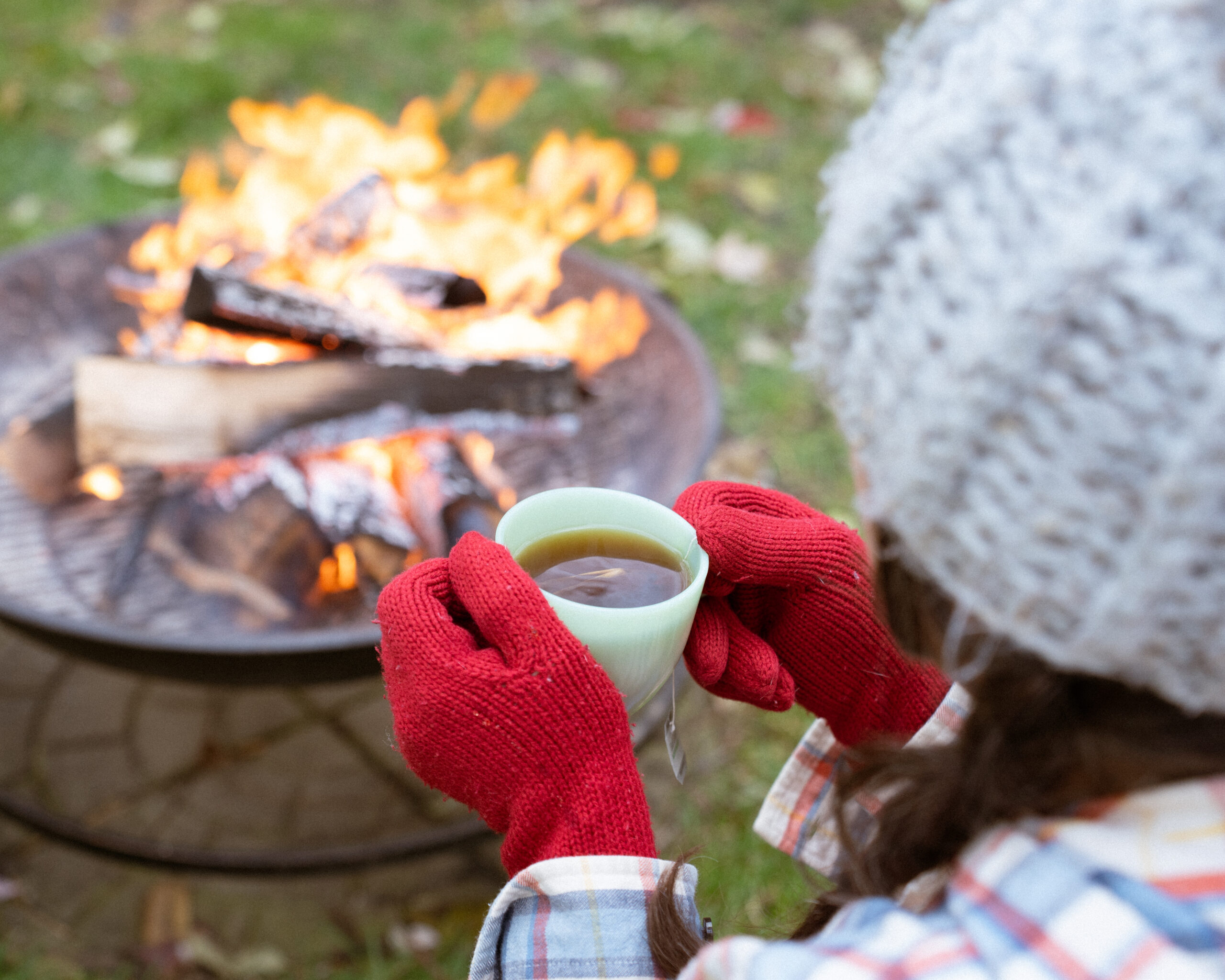
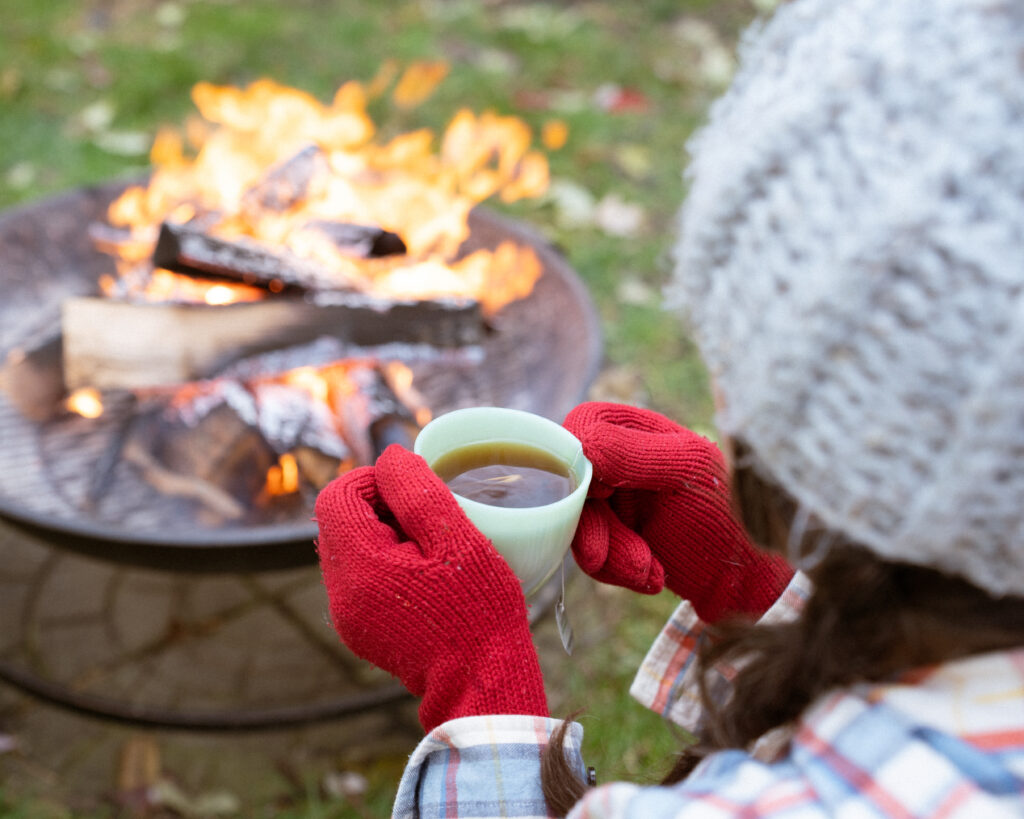
Trudging through the snow during a Western New York winter is better when your destination is fireside. An old-fashioned bonfire can feed your soul when you’re longing for sunshine and warmer weather, and outdoor relaxation can help break up the monotonous feeling of cold, dark, and wet days as exposure to daylight and sunshine is reduced mid-winter in the (585). Grab a favorite beverage to unwind with, make a pot of cocoa for the neighborhood kids, and catch up with each other while surrounded by the warmth of family and friends.
Let your crockpot shine
Crockpot recipes (like Francesca’s Chuck Roast Soup) can make winter cooking easy and simple. Enjoy a bowl of a winter stew, a serving of piping-hot chili, or some homemade meatballs served on rolls while embracing the fireside glow of the season. Alternately, fill up the crockpot with apple cider and mulling spices so guests can enjoy a warm drink.
Hearty noshing
Encourage friends to take part in the fun by bringing a treat to share. Ideas include a hot chocolate tray with mix-ins like marshmallows, whipped cream, and candy canes to add to a pot of cocoa (like Bridget’s hot chocolate). A rustic winter charcuterie board also provides great snack ing for a large group. Stop by a local butcher or market for some fresh cut meats to add to a selection of crackers, apples, olives, and jams.
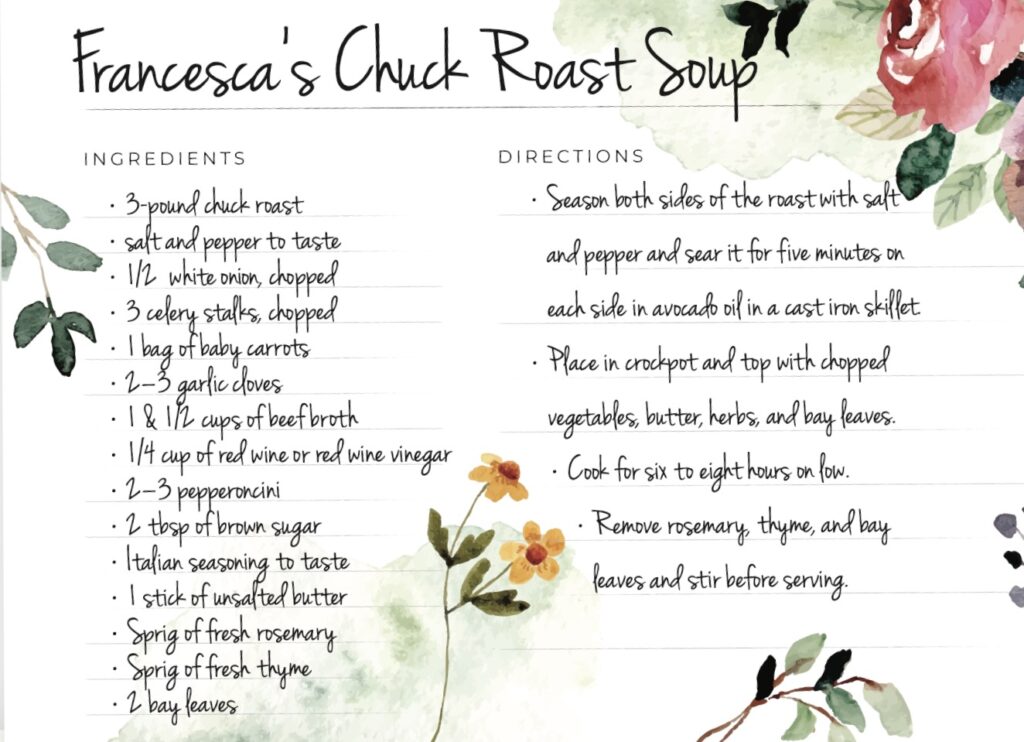
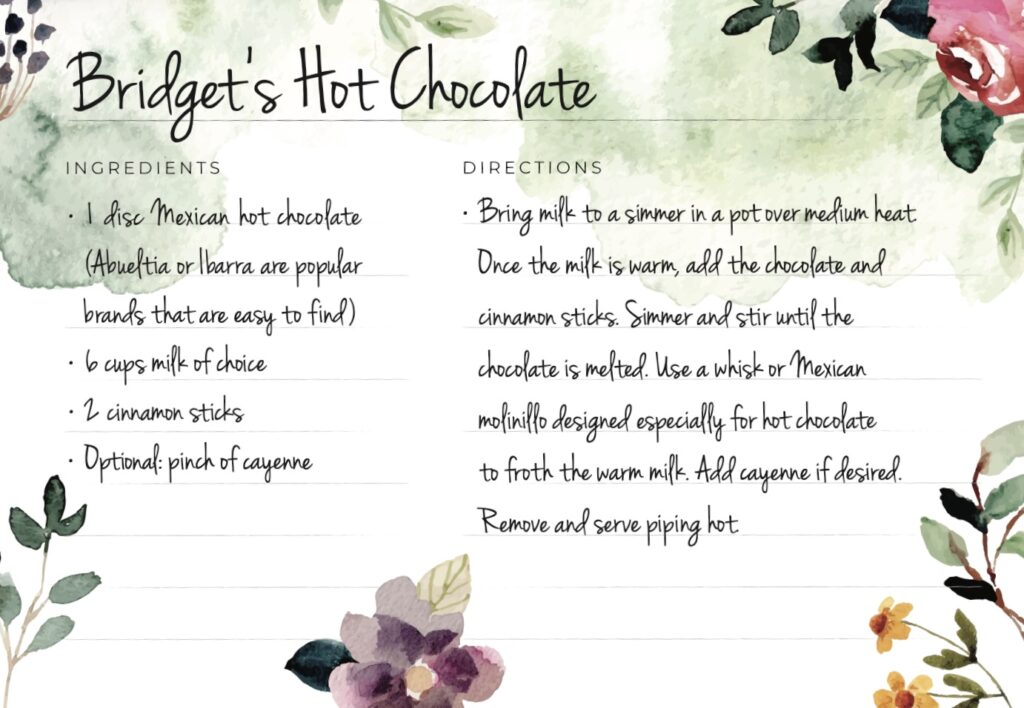
Get moving
The camaraderie is endless with winter bonfires, and the smiles pair well with outdoor activities like hand-led sledding on an inflatable tube along randomly shoveled pathways in the yard. Touch (or tackle!) football might make an appearance during a winter party, too. Kids often love creating an outdoor fort, so offer them kitchen containers and bowls to help them shape bricks from snow. Don’t forget a scarf, a carrot, and some buttons so they can also dress their own snowman.
Winter camping
If fires are not allowed within your city limits, consider heading to the nearest campground and embrace camping.
Some camping sites, like Allegany Stat Park, offer year-round camping in winterized cabins equipped with electricity and room for four or six people per cabin. Book a cabin in the Quaker or Red House area of the park. These cabins offer heat and kitchens for a fully functioning winter camping experience.
Whether you’re under the pines with some of your favorite people or huddled together on the back patio, memories made by the fire pit can last a lifetime.
This article originally appeared in the January/February 2026 issue of (585).
Taste

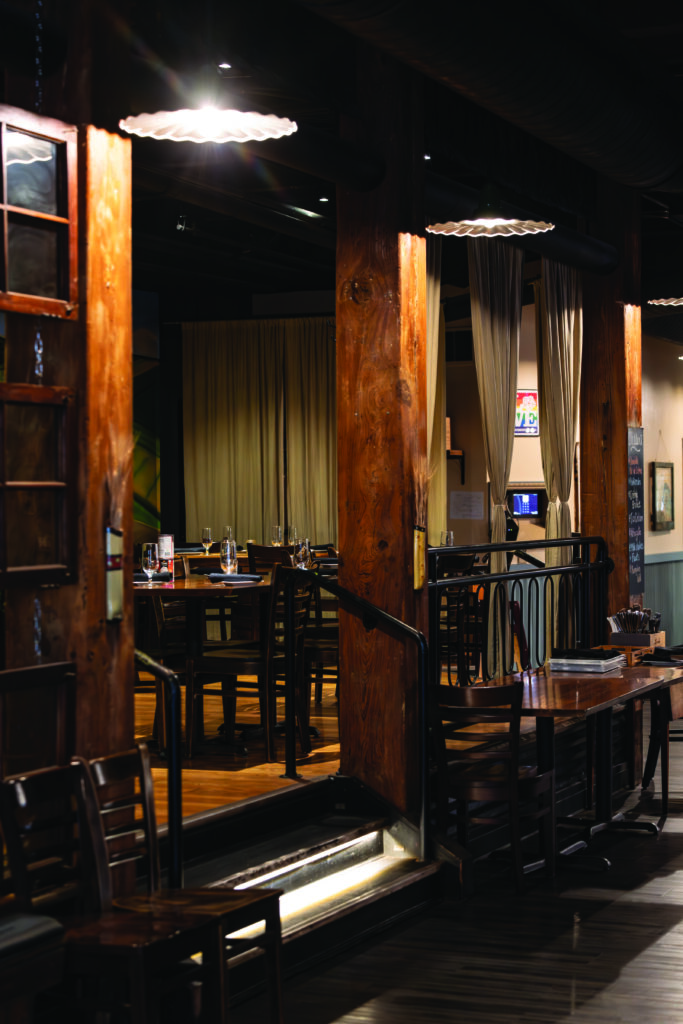
There’s a raw honesty to a farm-to-table restaurant in January.
For nearly two decades, chef Art Rogers has transformed the bounty of our region into something extraordinary. His restaurant Lento, tucked in the Village Gate Square, has become the unofficial embassy of the Finger Lakes agricultural scene.
The menu reads like a roll call of farming’s local celebrities—duck from the guys you’ve definitely seen at the Public Market (Fisher Hill Farm), cheddar from a creamery running on solar power (5 Spoke), and pork from one of the most beautiful pastures in the Finger Lakes (Bedient Farms). Rogers switches things up frequently because he’s obsessively tracking what’s popping out of the ground within a fifty-mile radius. This careful curation has earned him both a local following and a James Beard nomination—the culinary equivalent of an Oscar.
But winter poses a unique test.
As summer’s vibrant tomatoes and green beans surrender to the inevitable frost, Rogers doesn’t retreat into imported produce purgatory. Instead, he doubles down on Brussels sprouts, squash,and all those veggies your grandparents might have stored in a cellar. It’s during these brutal months that Rogers performs his most impressive magic trick: making you crave what’s actually growing (or stubbornly surviving) in the frosty landscape outside.
“It’s definitely a lot more muted produce flavors,” Rogers says. “With climate change, unfortunately, there actually is more stuff available because we’re having milder winters. Things like greens and Brussels sprouts. They can leave those out in the field longer because it doesn’t get so brutally cold like it used to.”
Rogers shifts to root vegetables, storage crops, and hearty proteins “when it’s not bathing suit season,” he laughs. There’s no single trick to making dishes this time of year exciting. In fact, he’s quite practical. Simply get a sharp knife, learn to use it, get a little creative, and maybe stop expecting your February dinner to look like a summer garden party.
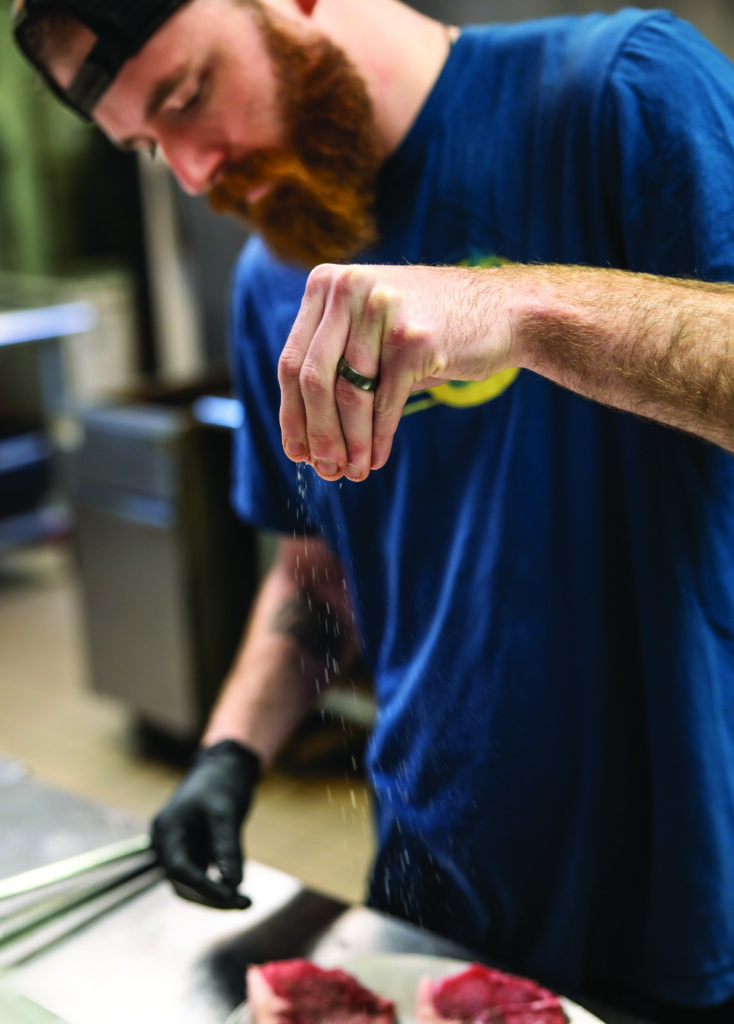

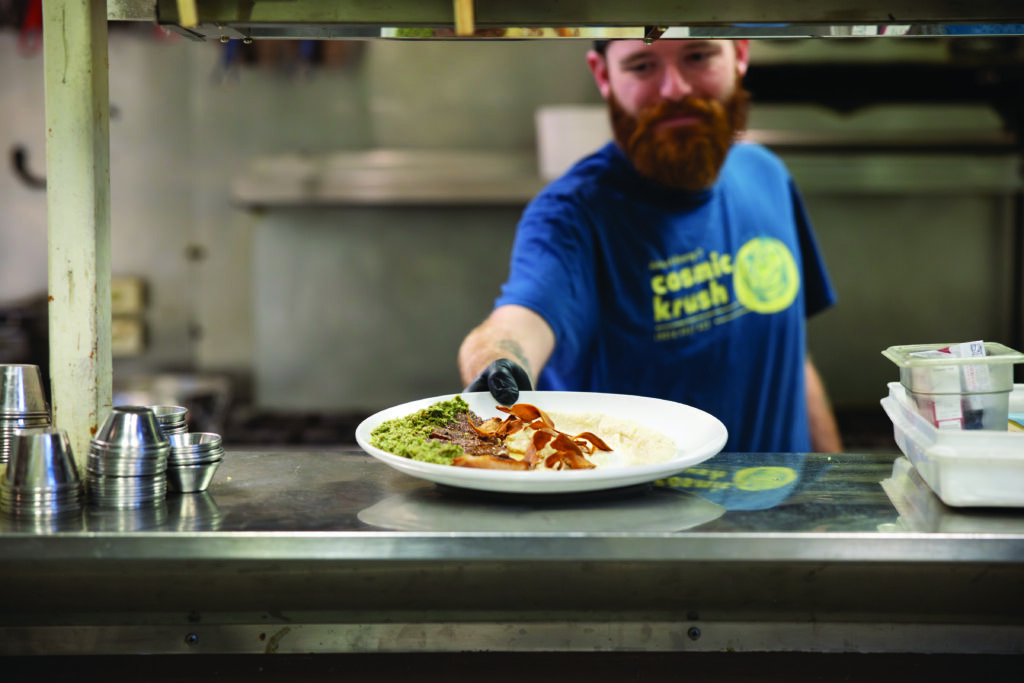

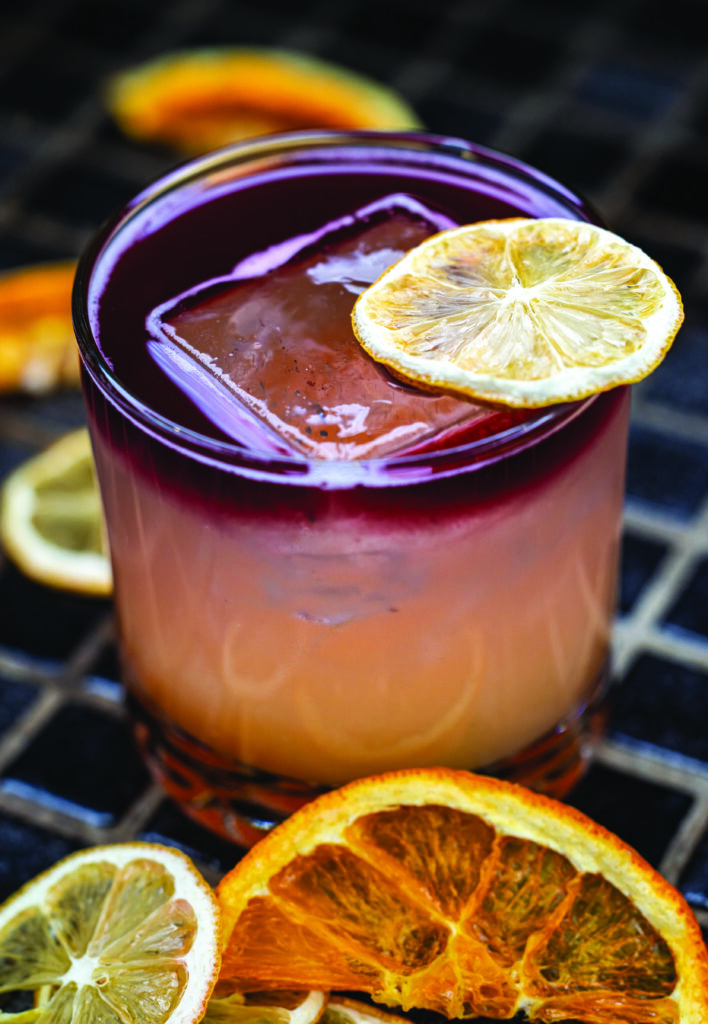
These are his five tips for cooking like a farm-to-table chef in winter.
1. Start with quality, local ingredients “Make the effort,” Rogers says. He recommends visiting the Brighton and Rochester public markets or checking online for local farms that offer drop-offs or deliveries, such as Bedient Farms in Middlesex. “Yes, it requires more effort than just going to Wegman’s, and I understand the convenience factor,” he says. “But my advice is to take some time to look at your food, smell it, and talk to the farmer. That’s the best approach if you have the luxury of time.”
2. Prioritize fresh herbs Skip the sad viles from the grocery store and grab something that was recently alive. Otherwise, he says, “You’re wasting your money.” If you’re heading to a farmers’ market and looking for something fresh to incorporate, herbs are a good place to start. Rogers keeps a small herb sanctuary on his windowsill at home, featuring sprigs of rosemary and basil to elevate his meals. “A little bit goes a long way, especially for family cooking,” he says. Perhaps, unsurprisingly, he’s also converting the yard of his little city house into an urban farm.
3. Use the right fat for the job In Rogers’s kitchen, every fat has its specific purpose. For high-heat cooking and searing, he reaches for neutral, all-purpose oils like soybean or vegetable oil. “There are a million different ones, and I’m not opposed to any of them,” Rogers explains. Quality matters most where you’ll actually taste the fat. Rogers saves his extra-virgin olive oil exclusively for finishing dishes or bread dipping, where its flavor can truly shine. His approach to butter reveals the practical side of his cooking philosophy. At home, he uses standard supermarket butter for everyday cooking. At Lento, however, he occasionally upgrades to Plugra—a European-style butter with higher fat content—when its richer flavor will make a noticeable difference in a dish.
4. Sharpen your knives “There might be future Michelin star chefs out there who don’t even know it yet, until someone teaches them how to use a knife properly,” Rogers says. Everyone’s got that dull kitchen knife that can’t cut through anything. He believes fixing this culinary crime should be your first priority. “That’s the most important tool you need,” he says. From there, focus on improving your knife skills to do your ingredients justice.
5. Learn how to (really) cook “Winter is a great time to develop cooking skills if you’re just starting out,” Rogers says, clearly unaware that now is the time many of us develop a relationship with DoorDash and our couch. According to this chef, if you already know how to cook, “you’re a step above the game” because you can shop and eat better, rather than relying on premade products. The good news is you don’t need an expensive culinary degree to elevate your skills. Regardless if you’re a beginner or an industry professional, Rogers recommends exploring YouTube. Try typing “how to make X,” watch a few videos, and figure out what all the tutorials have in common. Recently, he’s been tackling chicharrón, a gloriously crispy pork belly dish popular in Latin America. “I have a million cookbooks but couldn’t figure it out from reading alone,” he confesses. “Then I watched a few videos, and it made sense immediately.”
Lento
274 Goodman St. N.
271-3470

Grilled skirt steak, cauliflower purée, and pepita chimichurri
By Art Rogers
INGREDIENTS
• 1 head cauliflower, roughly chopped
• 2 cups milk, or enough to cover
• 1 bunch parsley, washed
• 1/2 bunch cilantro, washed
• 1 cup toasted pepitas
• 1 jalapeno or a spicier pepper (or no pepper, depending on your taste for spiciness)
• 2 tablespoons chopped garlic
• 1/3 cup red wine vinegar, plus a little more
• A drizzle of extra virgin olive oil
• 2 pounds skirt steak, preferably grass-fed from a small local farm, seasoned with salt and pepper)
DIRECTIONS
• Simmer the cauliflower in salted milk for 5–7 minutes, or until it is al dente. Purée the cauliflower in a food processor, using only as much salted milk as necessary to achieve a smooth consistency. (There will probably be liquid left over.) If you want to be fancy, push the mixture through a fine-mesh sieve. Salt and pepper to taste.
• For the chimichurri, purée parsley, cilantro, pepitas, jalapeno, and chopped garlic in a food processor with red wine vinegar. Drizzle in extra-virgin olive oil until it reaches a pesto-like consistency. Add more vinegar and salt to adjust the flavor to your taste.
• For the steak, cook it over high heat on a grill or in a pan for about 6 to 8 minutes, flipping it on both sides, for medium-rare. Let it rest for 10 minutes, then slice.
• Spoon the chimichurri over the sliced skirt steak and serve alongside cauliflower purée.
• Serves 8
This article originally appeared in the January/February 2026 issue of (585).
Taste


Dr. Keisha N. Blain is an acclaimed historian, Brown University professor, and best-selling author. Her new book, Without Fear: Black Women and the Making of Human Rights, tells the stories of Black women who were at the forefront of movements for social change, including several whose place in history is being unveiled for the very first time. Fannie Barrier Williams, the first Black graduate of SUNY Brockport, is featured among these incredible women.
Blain grew up in Brooklyn and moved upstate to attend Binghamton University with the dream of becoming an attorney. Her plan dramatically shifted when she found herself captivated with the material in a class on U.S. immigration history. “I fell in love with it,” she says. “Understanding history helped me get a better sense of who I was as a Black woman.”
Global Black history was her most difficult class. “I sat in a lecture finding out about all of these remarkable Black people for the very first time,” Blain remembers. “I was in tears. It was a feeling of shame that I had taken so long to learn this.” She tried to reconcile the fact that despite attending an excellent high school and working hard in her studies, she hadn’t been aware of this history. “But I didn’t have opportunities to take classes about people who look like me, and so the more I reflected on my own experience, it showed me how these histories are marginalized, if not completely erased in many contexts.”
Blain made a vow to herself that she would work at making others aware of this history, and it set her on the path to research and write for all audiences. “It’s human to feel shame when you encounter information so late in life, but don’t stay there,” she says. “Take the next step to feel a sense of empowerment. Now you know, tell someone else, like an ambassador of sorts.”
In Without Fear, Blain offers a new narrative about the accomplishments of Black women who understood that the fight for civil rights and human rights were inseparable. From public advocacy in the global Black press to their work for the United Nations, these remarkable women are finally being recognized for their courage and action.
During the process of writing Until I Am Free, a biography about activist Fannie Lou Hamer, Blain found herself gathering stories and sources that were interesting but not relevant to what she was writing. Blain read about how Hamer declared she was no longer fighting for civil rights, but human rights. Wondering how other Black women felt, Blain decided it was the obvious direction for the next book.
Blain went to the archives with a long list of hundreds of women. She weaved in as many as she could, making sure to leave room for the perspectives of the impoverished and working class, pulling information from an array of articles written by Black women, spending weeks going through census records trying to find those who wrote letters to the editor.
Blain had her eye on the future. “I wanted to leave breadcrumbs that others would be able to follow, “she says. “And that feels very urgent right now to tell these women’s stories and reveal as much as I can so that someone else could pick up the pieces later.”

“Without Fear” comes from a speech given by Mary McLeod Bethune to a group of Black women at a workshop in 1944 where Bethune implores them to do this important work without fear or hesitancy. “The title not only speaks to these women’s lives,” says Blain, “but also speaks to the moment in which we’re living. And so it becomes a rallying cry and a word of direction at a moment where many of us feel powerless.”
Readers may recognize many of the names in this book, but Blain shows their work in an international light. Ida B. Wells was an early civil rights leader, but she also traveled abroad to gain support from Britain to sanction the United States, labeling lynchings as crimes against humanity. Lena Horne was famous for her vocals, but she also wrote a weekly column denouncing the mistreatment of Black people in the U.S. and marginalized groups across the globe.
Blain is the first scholar to tell the world about several of these women, including Pearl Sherod, a working-poor human rights activist from Detroit who is completely absent from the traditional archives. Blain discovered Sherrod in her research for Set the World on Fire, a book that examines early-twentieth-century Black nationalist women like Mittie Maude Lena Gordon. Sherrod wrote a letter to Gordon in the 1930s that ended up in an FBI collection, which led Blain to uncover more.
Readers will come away with an indelible image of Sherrod traveling all the way to Vancouver to attend a conference. Despite the fact that no Black women were invited, Sherrod found her way inside and all the way up to the stage, where she stepped behind the podium and spoke to the crowd. The organizers were so stunned that they didn’t stop her as she condemned racism and global white supremacy.
“It helps us to see the way that working-poor Black women were also at the forefront of this movement for human rights advocacy,” Blain explains, “even when they didn’t have many resources. This is just a person who finds herself on the margins of the margins because of her radical politics, because of her class positioning. And yet we can still see her as an important voice alongside all these other women.”
Blain thinks there is something wrong with the fact that the only time you can talk about the civil rights movement is to talk about Martin Luther King Jr. And if we talk about women, it’s usually Rosa Parks. But that framing means that we don’t know about someone like Joanne Robinson, who, as it turns out, is the key figure behind the Montgomery bus boycott. “The history is rich, and there are many actors involved,” Blain says. “That’s part of what I’m saying with this book. Black women deserve to be included in this discussion.”
This article originally appeared in the January/February 2026 issue of (585).
Featured
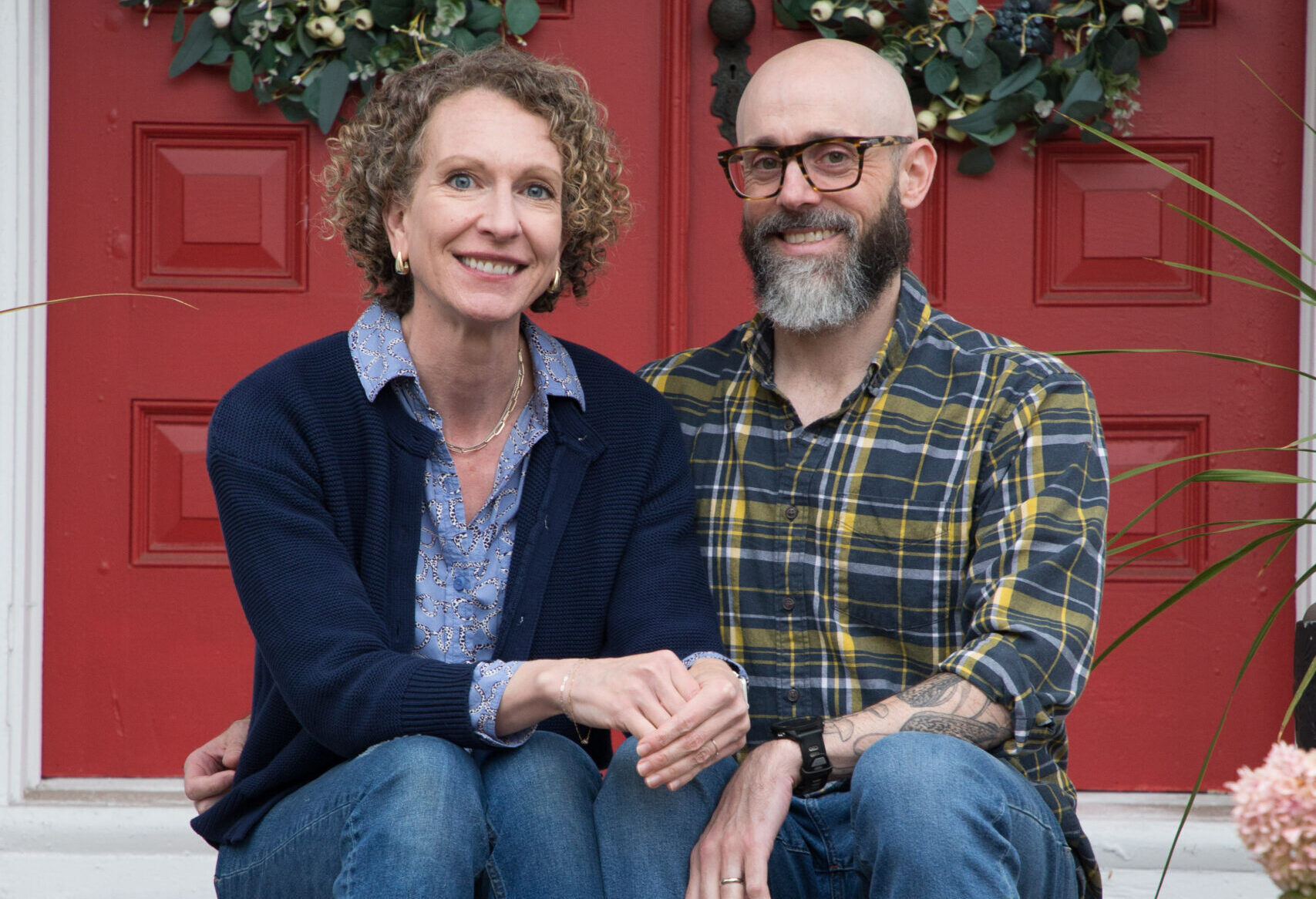
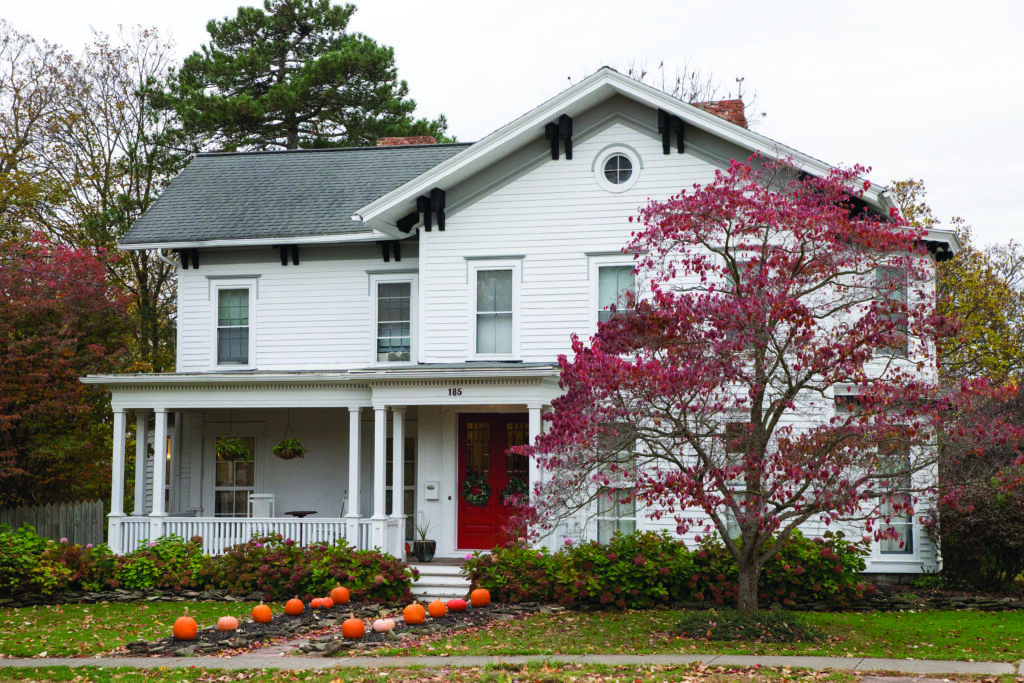
My husband, Mike, and I moved into the historic DeLand House in the village of Fairport in October 2018. The home we left behind, a perfectly nice 1970s colonial in Perinton, had all the basics most people look for: central air, reliable electricity, and decent plumbing. Our “new” house, built in 1856, greeted us with quite the opposite: knob-and-tube wiring that had to be replaced immediately, no insulation, which meant freezing and expensive-to-heat winters, and a massive plumbing mishap that nearly sent us to the poor house within months of closing on the property.
That first year was nothing short of brutal. Even now, when the doorbell rings, I feel a rush of panic, flashing back to contractors showing up with surprise invoices in hand.
But amid the chaos, there were silver linings. As we peeled back layers of the house’s history while fixing those issues, we uncovered some remarkable artifacts that brought its past to life. Some dated back to the original owners, Minerva and Daniel DeLand, heads of one of Fairport’s founding families, shedding new light on their lives and the history of the village itself.
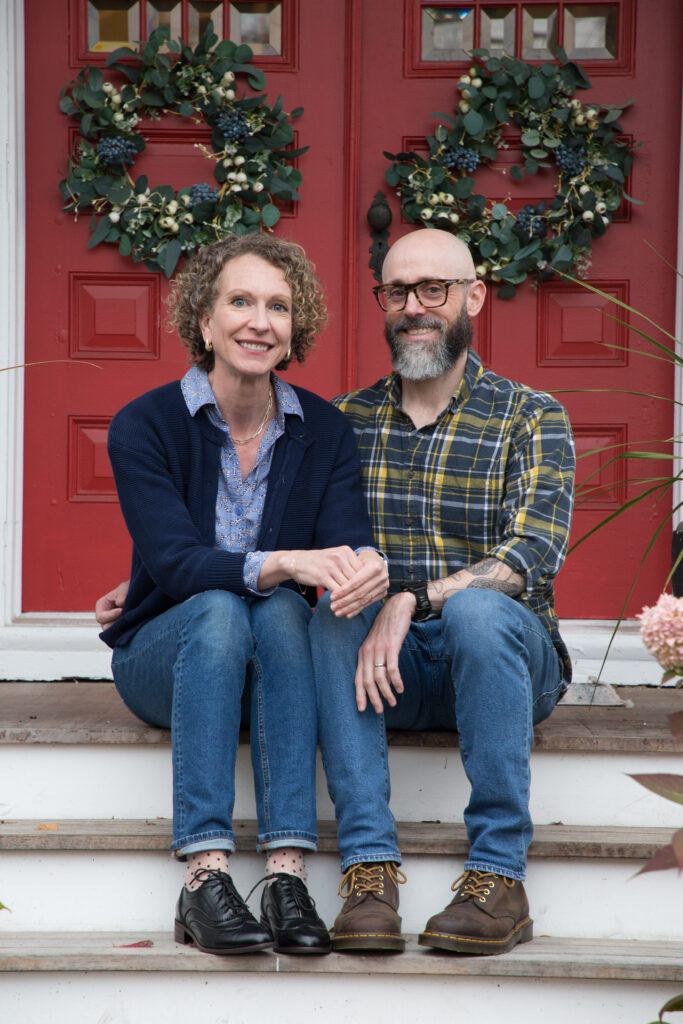
The concealed shoe
Our first discovery was a child’s dress boot, tucked away in the rafters of the attic—the source of many of our treasures. Judging by its style, it likely dates back to the 1800s. When I began researching the boot, I learned that hiding shoes in attics, barns, chimneys, and even inside walls was a long-standing folk tradition rooted in Eastern Europe. Families believed these hidden shoes offered protection, warding off evil spirits and bringing good fortune to the household.
The practice eventually made its way to England and later to America, carried over by immigrants who brought their customs with them. In many cases, the shoes were children’s, symbolizing innocence and purity and thought to be especially powerful charms against misfortune. Historians refer to them as “concealed shoes.” Some countries even maintain public concealed shoe indexes, where people can register their finds, including details such as where the shoe was discovered, its style, and its condition to help track the custom and its regional patterns.
After learning about the concealed shoe tradition, I quickly returned the boot to the attic where I’d found it. The last thing I needed was to invite more misfortune into our already chaotic new home. I needed all the good luck I could get!
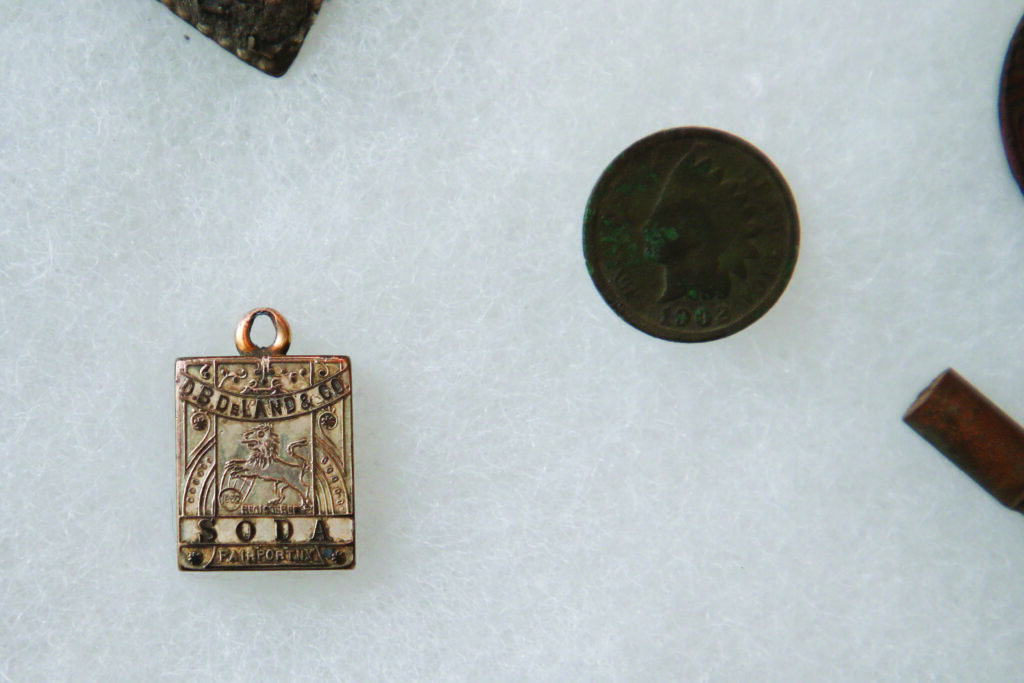
The gold pocket watch charm
Shortly after moving into the house, I connected with a local metal detecting group I’d found on Instagram to see if they were interested in scanning our property for buried treasure. Doug Craven and Steve Schalabba of ROC Diggers (read their story on 585mag.com) jumped at the chance, thrilled to be invited to detect on a historic property. As “responsible metal detectors,”
Craven and Schalabba always ask permission before searching and dig with care so they don’t leave holes across the yard. They’ve been to our property many times, and we now have drawers full of coins, tractor parts, and horse bridle bits to show for it.
Their most epic find from our backyard was a gold-plated pocket watch charm crafted to resemble a DeLand Chemical Company baking soda box. Daniel DeLand, who built our house, made his fortune through the Fairport-based company and promoted it with advertisements, trading cards, and collectible tins. We suspect the charm was either a promotional piece or a personal gift from the company to him.
We shared the charm with our local historical society and town historian, and neither had ever seen an item like it connected to the DeLand family. Today, it sits in a shadow box in our home—it’s one of our most prized possessions.
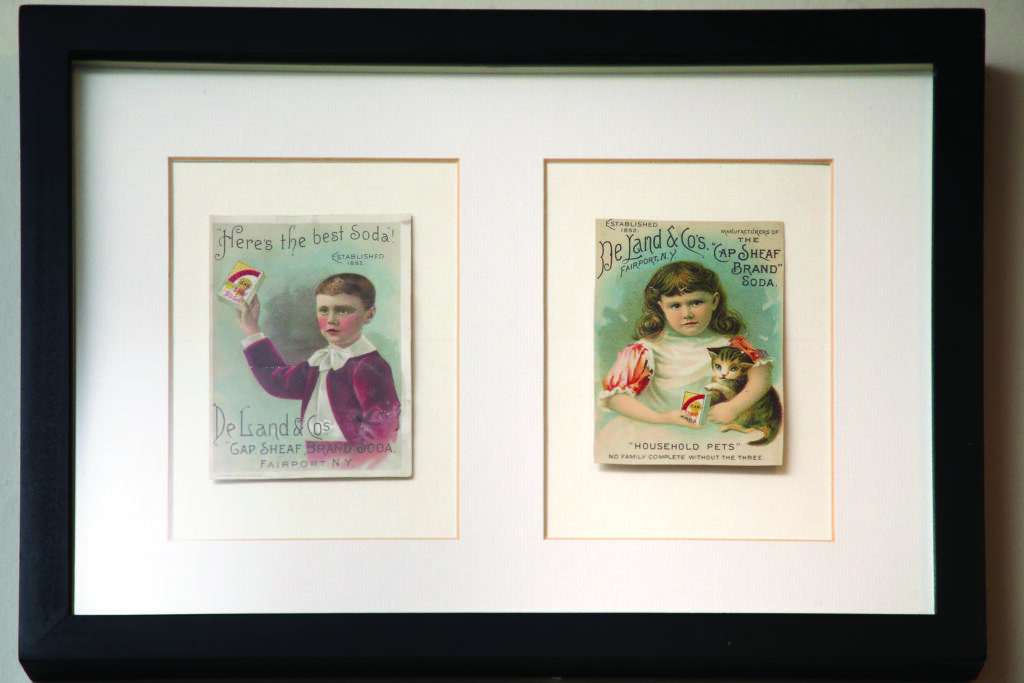

The pencil drawings
The first big project we tack- led in the house was swapping out the outdated (and unsafe) knob-and-tube wiring with new, up-to-code electrical wiring. The urgency became clear when our electrician had us feel the ceilings near the light fixtures, which were warm to the touch. As he put it, it wasn’t a matter of if the house would catch fire, but when.
Our electrician quickly became like part of the family as he settled into the four-month-long project, rewiring the house and replacing every light fixture and electrical box. Much of his work took place in the attic, where he shimmied wires through walls and carefully removed floorboards to install central lighting into second floor bedrooms.
One afternoon while at work, my phone buzzed with a semi-cryptic text from him: Found something interesting in the attic you need to see. Never a text you want to read from your electrician. Expecting a project setback or some hidden disaster, I was relieved to come home and find a series of gorgeous pencil drawings spread across the kitchen counter. They were lifelike sketches of statues, and one was signed “Stella DeLand, 1883.”
Stella was the daughter of Daniel and Minerva DeLand and had grown up in the house. My research revealed that Stella was an art student at Vassar College, where it was common for students to practice by drawing from the school’s extensive collection of plaster cast replicas of Greek and Roman deities.
We’ll never know why Stella decided to hide her drawings in the attic walls, but they’re now framed and proudly displayed in our dining room.
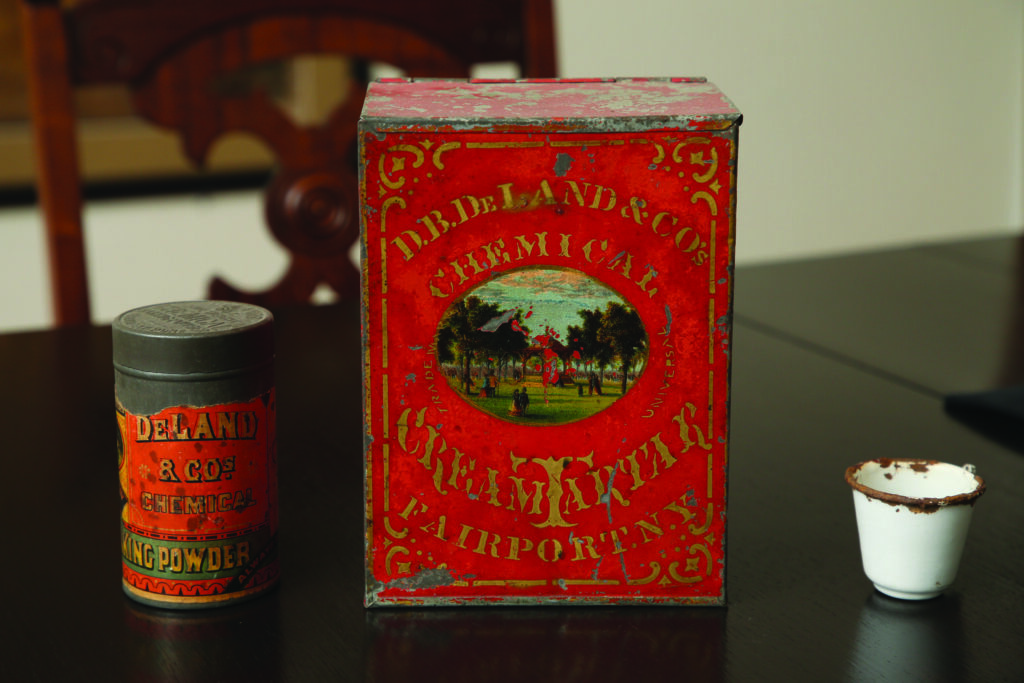
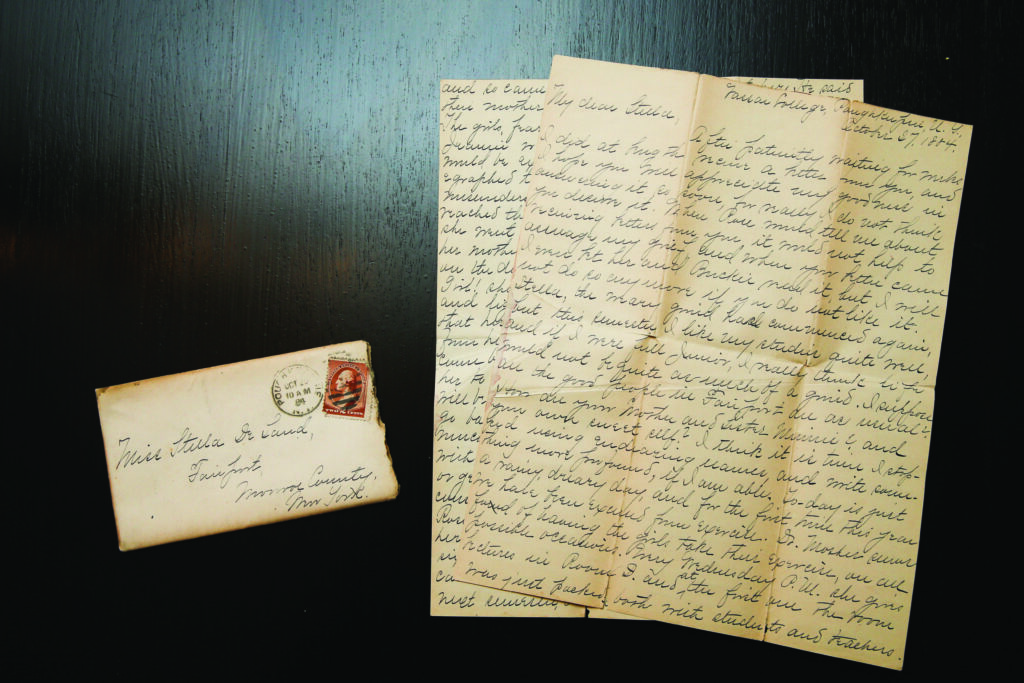
The letters
A few weeks later, the electrician lured me home again with another attic discovery. This time he’d found seven letters, carefully tied together with twine. The letters were all addressed to Stella DeLand and dated between 1884 and 1885. Clearly, we had uncovered Stella’s secret hiding spot!
Written by her friends Charlotte (Lottie) Acer from Pittsford and Emma Thompson from Shelburne, the letters capture the interests that shaped their days. In one letter, Lottie describes seeing Mark Twain speak at Founders’ Day, an annual celebration at Vassar College.
I find it endearing that, although there was nothing scandalous in those letters, Stella still chose to hide them away in the attic. In an era when communication was slow and deliberate, unlike the flood of texts and emails today, I love to imagine a time when a note from a friend was something to be cherished and saved. I had the letters carefully framed, to honor the friends’ stories and to continue keeping their memories safe.
These are only a few of the interesting items we’ve come across in the seven years we’ve owned the house. Most discoveries came in that first whirlwind year of repairs and renovations, but I still find myself snooping around the attic whenever I go up to store holiday decorations, hoping to find something new. I may have even hidden a few treasures for the next family to uncover … only time will tell.
This article originally appeared in the January/February 2026 issue of (585).
Featured
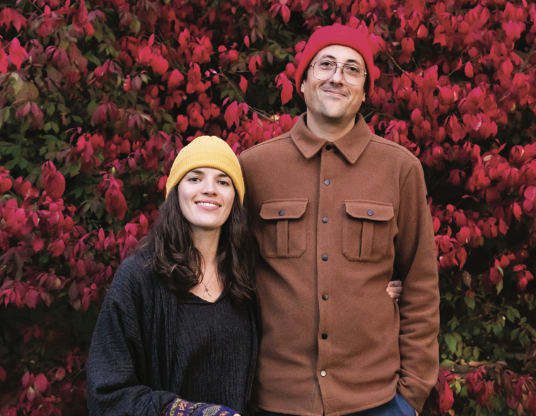
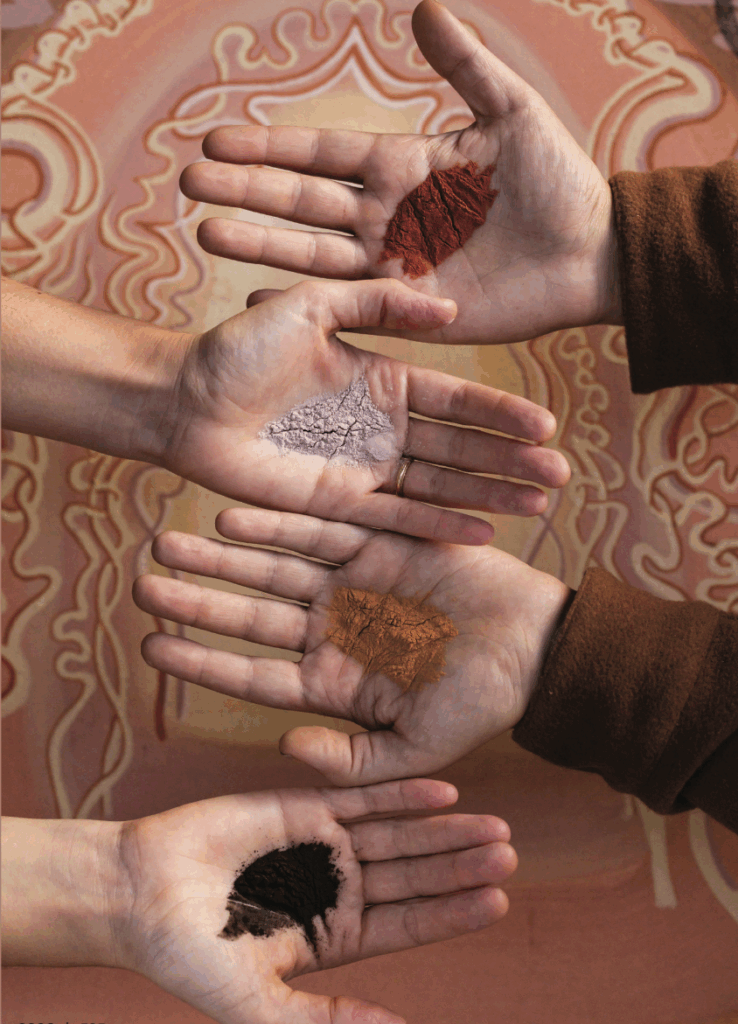
Volcanic soil is rich in minerals that can nurture plants. For one innovative and dedicated husband-and-wife team, that fertile soil can also be turned into handmade pigments, and those pigments can be turned into stunning works of art.
Hayley Dayis and Alexander Fals of Foraged Pigment Art occupy a unique place in the contemporary art scene. The couple splits their time between Rochester, where they often exhibit their work, and Cauca, Colombia, where they make their own pigments from soil. The volcanic earth in the Cauca region yields several distinct colors. “We know that there is sulfur, and iron, and calcium, and carbon,” Fals explains, “and they are all in different proportions in the bedrock and the topsoil.” The colors used to create the couple’s evocative paintings are sometimes described as a “monochromatic rainbow,” and for Dayis and Fals, they are much more than just colors.
Each pigment helps tell a story. “Beyond the visual aspect,” Dayis says, “each color is tied to a memory.” The pigments are imbued with the experience of sourcing and refining the materials in the field. The artists also feel a deep connection with the spirit and culture as well as the flora and fauna of the land from which they harvested. The foraged pigment allows the paintings to embody a synergy between art and place and between humans and the natural world.
Two of Fals’s uncles, both artists in Colombia, began making pigments around fifty years ago, reviving an ancient practice. Making paint from soil dates back to prehistoric times, but in the 1970s, it was also an affordable way to create art when art supplies were very expensive. Fals grew up in Naples, New York. He studied environmental conservation in college but became disillusioned with the idea that humans are separate from nature, or “a cancer on the Earth.” He spent a year with family in Colombia in 2016. By then, one of his artist uncles had passed away, but the other uncle taught Fals the technique that he and Dayis now use.
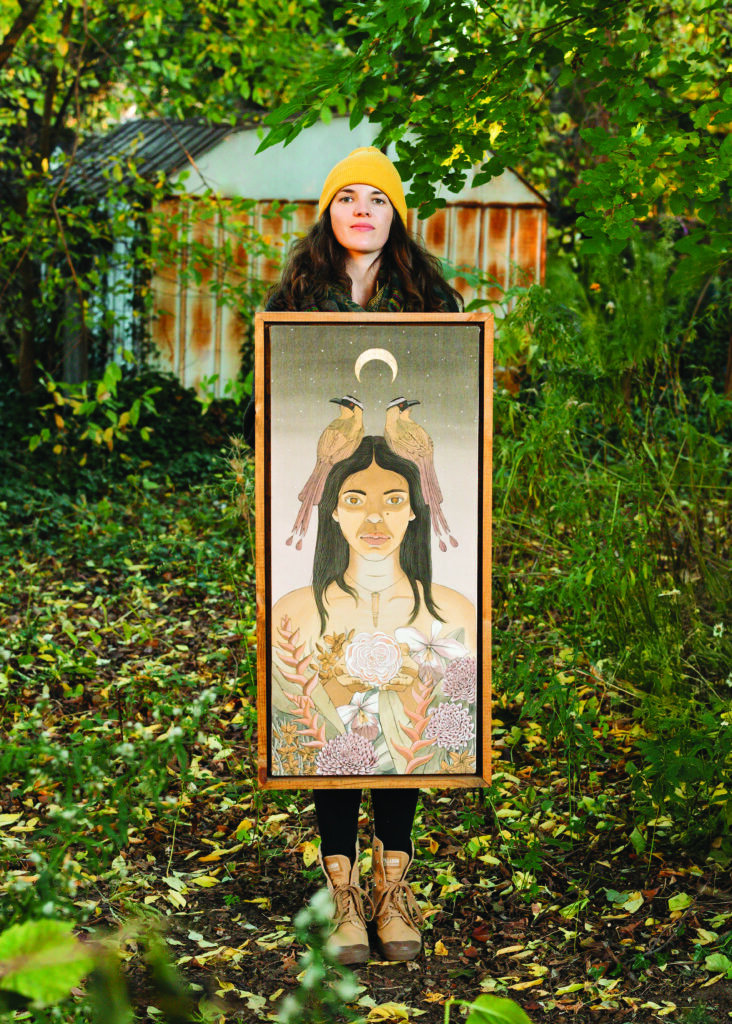
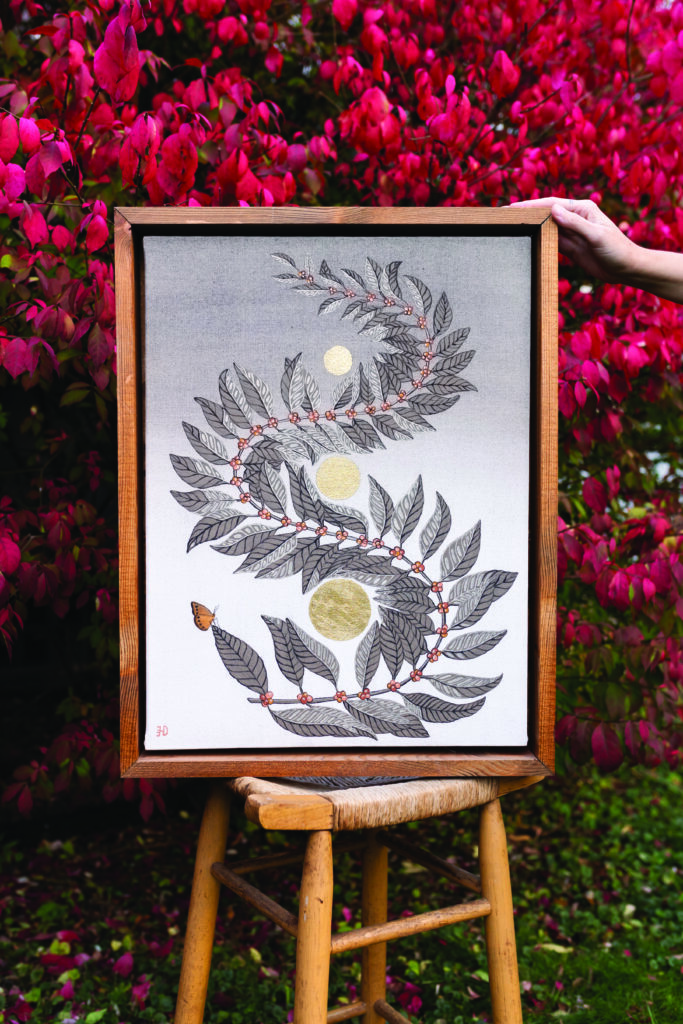
The process of making pigments and turning them into paint is simple and accessible. Soil is collected and dried in the sun and then ground, sifted, and mixed with an adhesive before being painted onto canvases. This creates an unusual medium in which to work, but is also economical and eco-friendly, as well as deeply meaningful for the artists. Ideally, Fals says, art is healing. Viewers tend to see the foraged-pigment paintings as warm and welcoming, speaking to a generosity inherent in the images. He notes that people often feel calm and grounded in the presence of the artwork. “People want to soak it up like it’s the sun.” At times, the couple has made foraged-pigment paint from soil in the Rochester area as well. Every place has its own unique palette, Fals explains. They haven’t ruled out someday taking trips to France’s ochre region to find its famous pigments or to Afghanistan to find lapis lazuli. “We don’t have specific plans, but everywhere we go, we’re looking,” Dayis says. There are only a handful of artists in the world who make foraged-mineral paints.
Hayley Dayis grew up in Rochester in a family of artists and attended the School of the Arts. In college, she majored in creative writing and later moved to Seattle to be a musician. Eventually, inspired by artists she met on the West Coast, she gravitated more toward drawing and painting. She became interested in painting with plant-based pigments while on a trip to Mexico. Then, around six years ago, a mutual friend suggested that Dayis should meet Fals and learn about the mineral pigments. She went to Fals’s art opening and immediately “fell in love with the palette,” she says, as well as the paintings. Soon, she fell in love with Fals himself. That was six years ago, and now the couple goes to Colombia together each winter.
They often teach foraged pigment classes in Rochester, and “there is a lot in the works right now,” Dayis explains. They are also available for private workshops and shows. Fals is especially passionate about teaching kids, feeling that the accessibility and eco-friendly technique is a great thing to pass down. Living a creative life, he says, does not have to mean spending large amounts of money at craft supply stores. Creativity can come from “the mud underneath your feet.” Dayis also loves teaching and encouraging others and thinks of people as “unfolding” into their own selves rather than being sculpted.
Dayis finds lately that her work is becoming “more internal,” and as she explores her inner world, “the pigments bring life to that in a different way than any other paint could.” They make her feel calm and grounded. “They’re raw elements of the earth, the same elements that our bodies are made of and that everything in our universe is made of.”
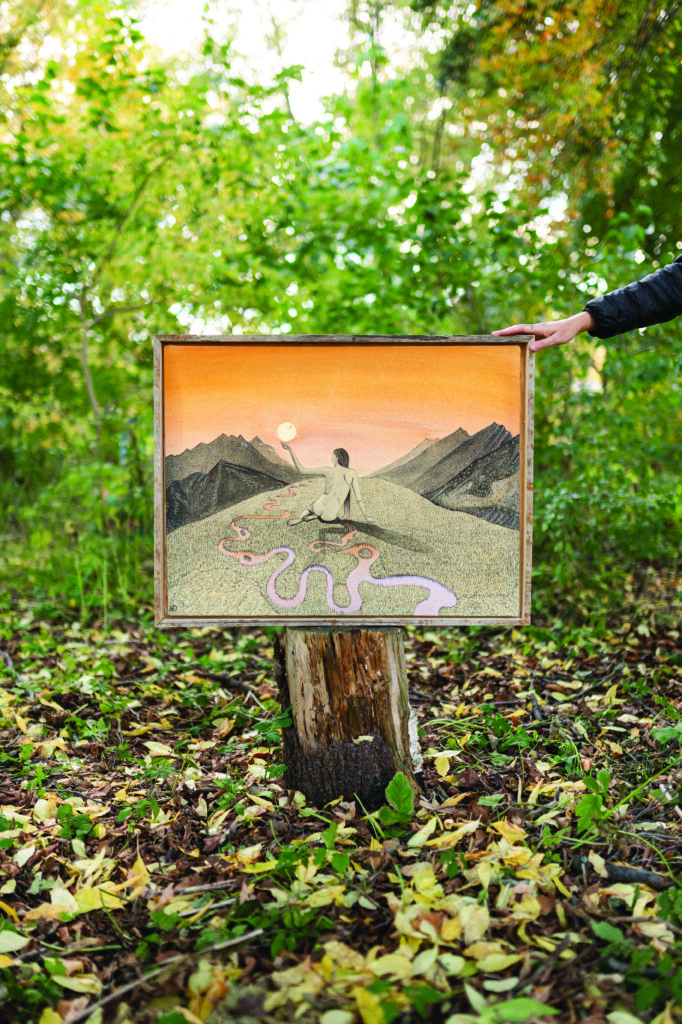
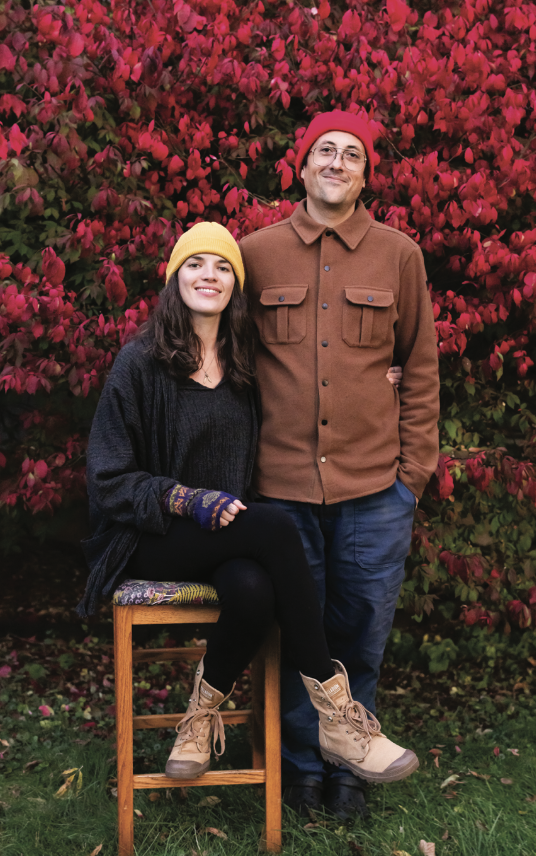
She is influenced by the work of Frida Kahlo, who was “very out of the box, mixing the body with art,” and painted herself in relationship with the world in innovative ways. Dayis has been contemplating Kahlo’s work as well as the work of Japanese block printers as she envisions the next steps in her artistic journey. Japanese block prints, she explains, are created in layers, not unlike the foraged-pigment paintings. Working with mineral pigments means not mixing colors ahead of time, but mixing them on the canvas, then waiting for a layer to dry before applying another one.
“I’ve been sort of cataloging my findings in Colombia,” Dayis says. She is inspired by the culture and history as well as the landscape, birds, and creatures. She is particularly proud of a painting that was recently exhibited at the Memorial Art Gallery, called The Guardian. It depicts a gray-breasted mountain toucan in a bush of berries, set in the Amazon, with smoke rising in the background. In Colombia, deforestation is a problem, often because the rainforest is cut down or burned to accommodate cattle ranches. But the situation is more nuanced than we might assume. Many people’s livelihoods depend upon the leather that comes from the cattle, including local craftspeople who make sandals. “There are all kinds of good and bad going on,” Dayis says. She created The Guardian with that duality in mind. “The bird is sort of looking you right in the eye.”
Fals would like his artwork to be a connection between humans and all living things. “I use art as a means to unite humanity and nature and save humanity and nature,” he says. Minerals, he points out, “are made from the same things as people.” He observes that for a long time, artists were the tools of people in power, but now they can create for themselves. His upcoming series of paintings will center on the union of science and spirituality.
Like Dayis, he is concerned with the balance between environmental conservation and the ability of humans to feed their families. The pain, trauma, and violence of the world “either gets stuffed down and continues to be violence and pain, or it gets transmuted through art.” He is interested in art that invites the viewer to “confront their shadow and transform it into a creative force.”
You can read about upcoming events and classes and see artwork for sale at foragedpigmentart.com.
This article originally appeared in the January/February 2026 issue of (585).
Featured

This article originally appeared in the Summer 2025 issue of (585) Kids.

This article originally appeared in the Summer 2025 issue of (585) Kids.
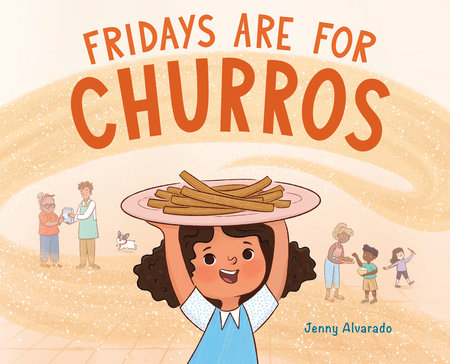
In 1952, the National Bakers’ Association declared that July was National Picnic Month. Celebrate by eating—and reading—al fresco! Not hungry yet? You will be after
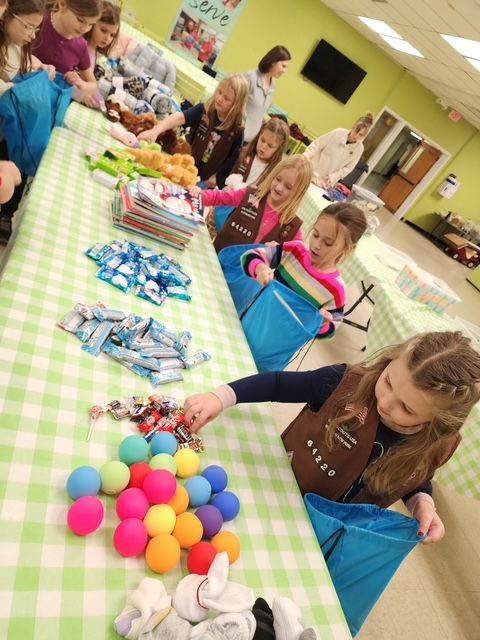
At the Gathering Place you’ll find: Children as leaders, students striving to better their communities and each other, and empowered young people engaging others around

Fall is on the horizon, which means if you have a high schooler interested in going to college, it’s time to think about entrance exams.

APRIL 4 KINDER ZOO Families can visit Seneca Park Zoo for fun and educational activities for young kids. “Beneficial Bugs” for children eighteen months to

– This directory is not an exhaustive list of camps. – If you would like to see your organization listed in our camp directory, please

A sick relative, a new baby, a surgery, or just a Tuesday night. There are many reasons to make a meal for friends or family.

After a long winter hibernation, get into that spring and summer sunny vibe with some hot reads. Then in June, remember to visit your local
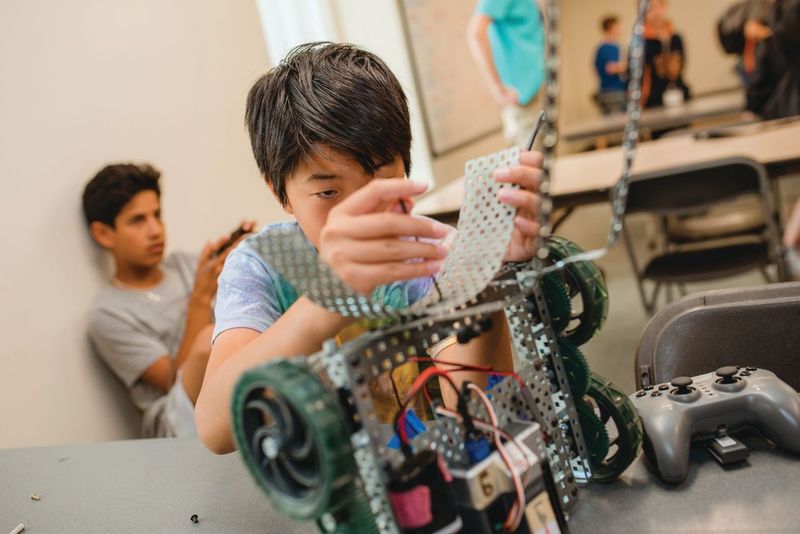
Are you a kid with a curiosity for science, arts, and the natural world? Kids can join the Rochester Museum and Science Center (RMSC) this

View our other publications: